While the Zambezi river is famous as a whitewater destination, it’s also well known among non-whitewater enthusiasts for its wildlife, because only a few of its 1600 mile length has any rapids, and the rest is super flat and thus provides a vital habitat for the thousands of species of birds and animals that rely on it for sustenance. So while most rafters and kayakers go to the Zambezi for the rapids and to see Victoria falls and do a separate safari, Rocky Contos wanted to give his peeps the opportunity to get a glimpse of what the rest of the Zambezi is like. Rocky is famous for his desire to start as high as possible in a drainage and follow a river all the way to its end (as he did on a little river called the Amazon, as well as identifying the highest/farthest source of the Amazon; a related article here) but not everyone shares his zeal, so he decided to start his trips 35 miles above the falls for a bit of a flatwater adventure.
“Flatwater adventure” are not usually two words that go together, but in Africa, pretty much everything seems like an adventure! And on African rivers there are always two beasts that loom: hippopotamuses and crocodiles. According to a site I found (Conde Nast; it’s gotta be a great source!) hippos: “may look like giant, bumbling things, but they are often considered Africa’s most dangerous mammal. They’re territorial, unpredictable, and armed with a mouthful of teeth sharp and strong enough to do lethal damage. If their territory is encroached—whether that be by a crocodile, another hippo, or boat full of tourists—they will aggressively defend their space. When hippos attack, they do so with canine teeth nearly 2 feet long at a pressure of 2000 pounds per square inch (a lion exerts half this much pressure when biting its hardest).”
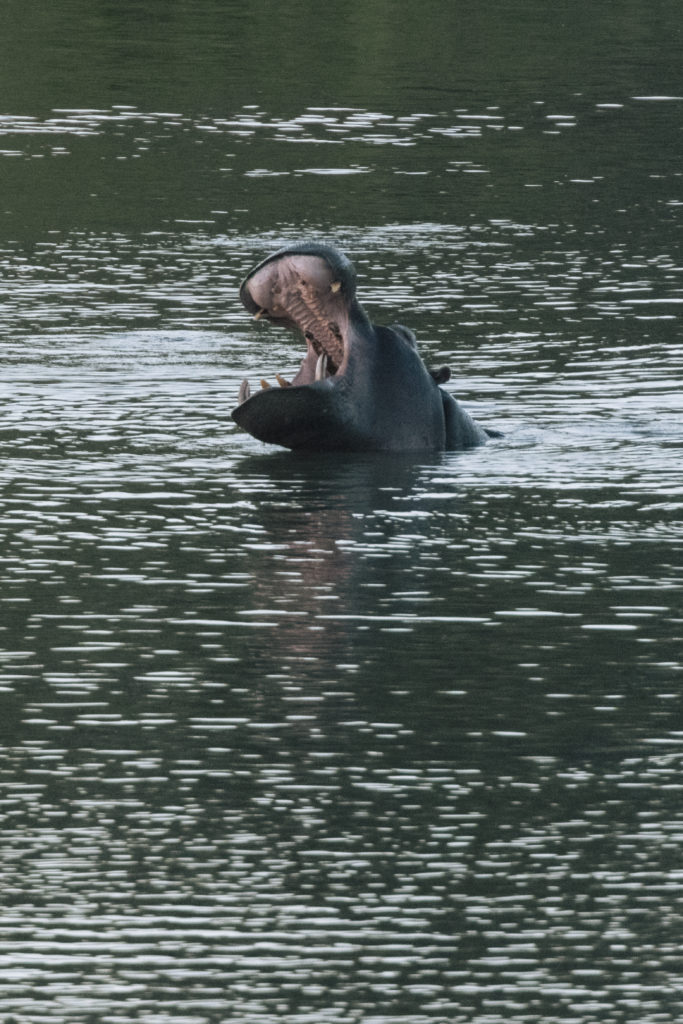
Eek. But they’re so cute when they poke their head up and wiggle their little ears!
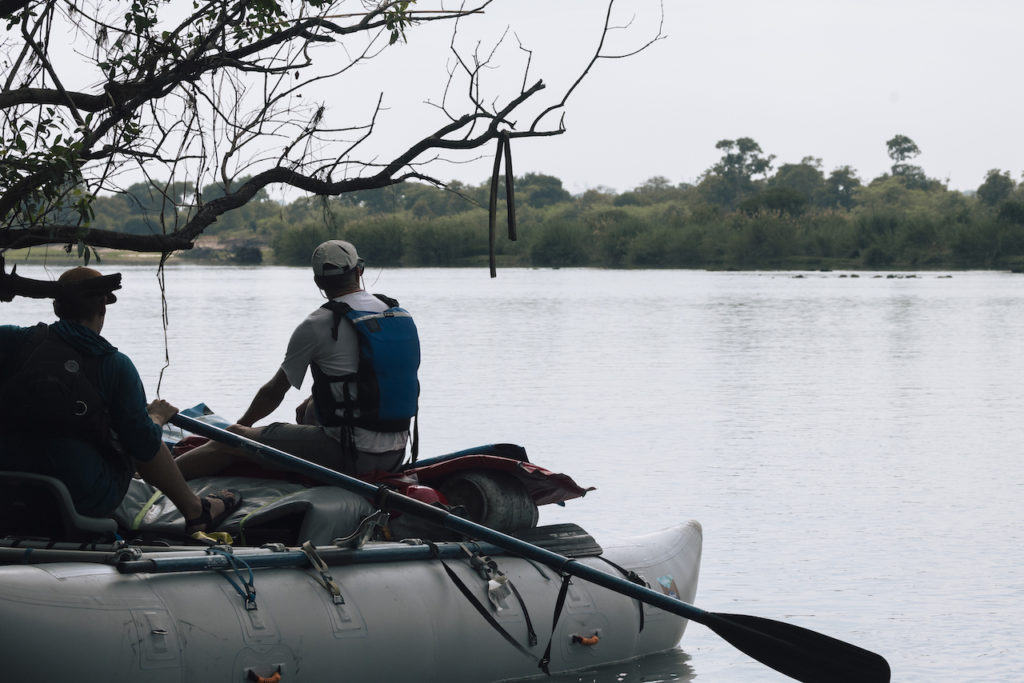
Then there are their riparian comrades: crocs. Supposedly crocs kill an average of 1000 people per year, have twice the jaw power of the hippo, are great swimmers, and – understandably – seem to fear nothing. Both creatures tend to prefer flat water (swift rivers even push these around) so in the Batoka gorge there are no hippos and few crocs, but above and below there are plenty. They are super scary to see when out of the water, and kind of a menacing submarine with just their eyes above the surface when in the water.
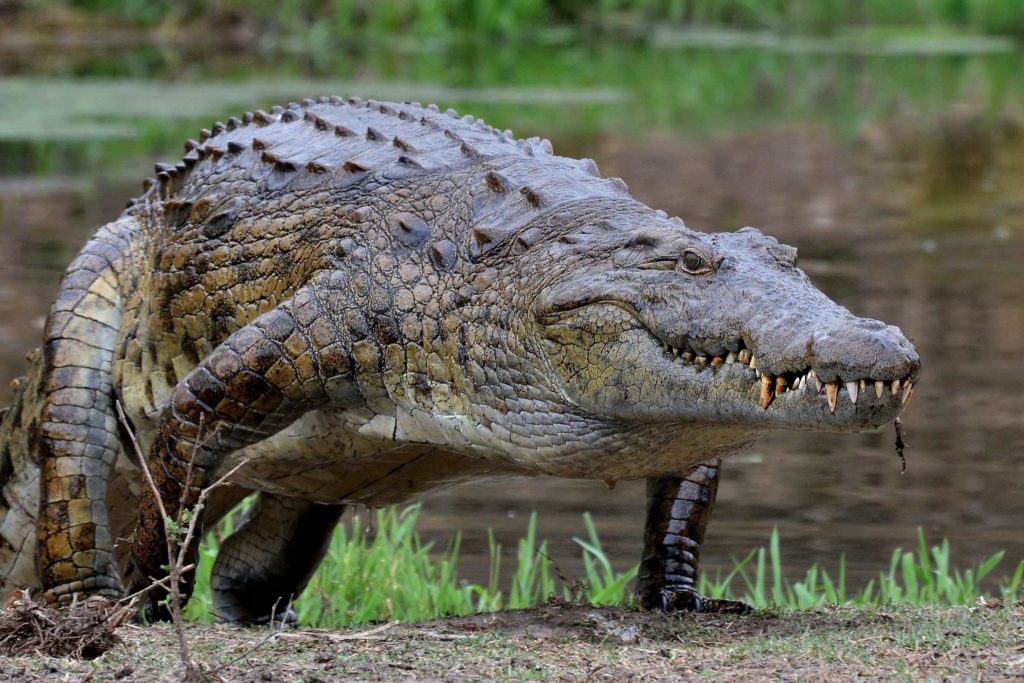
There are a few other potential fauna-types that are around, but present less danger: elephants are very common and actually on average kill more people per year via trampling, Cape Buffalo are famous for killing hunters with their sharp horns after they get stung by a gunshot (retribution!) and are common along the Zambezi, and in the Livingstone museum they displayed a Black Mamba snake (mostly deadly):
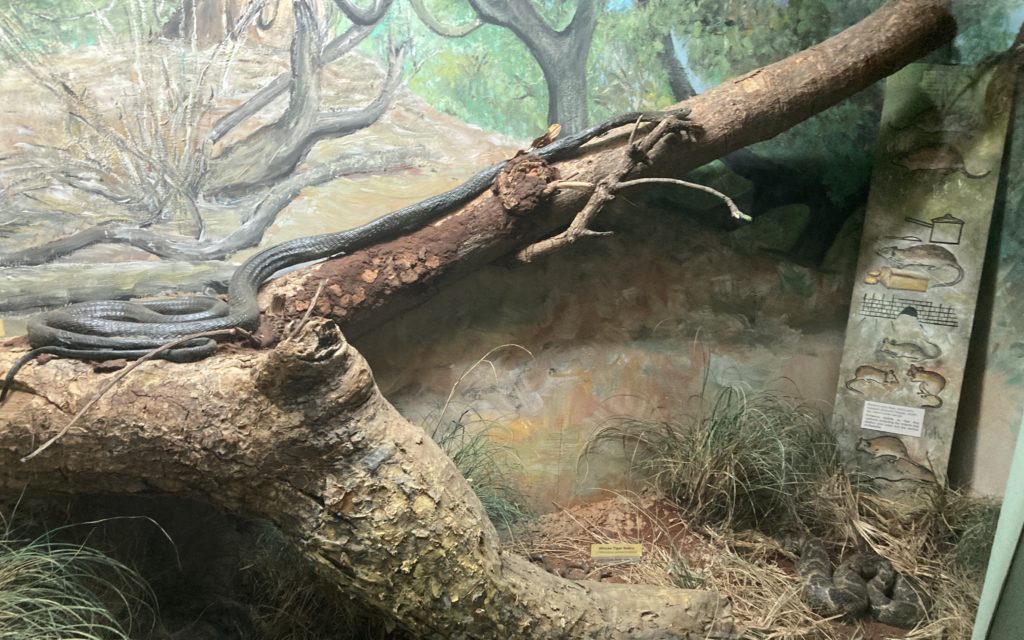
In the museum they also had a Honey Badger:
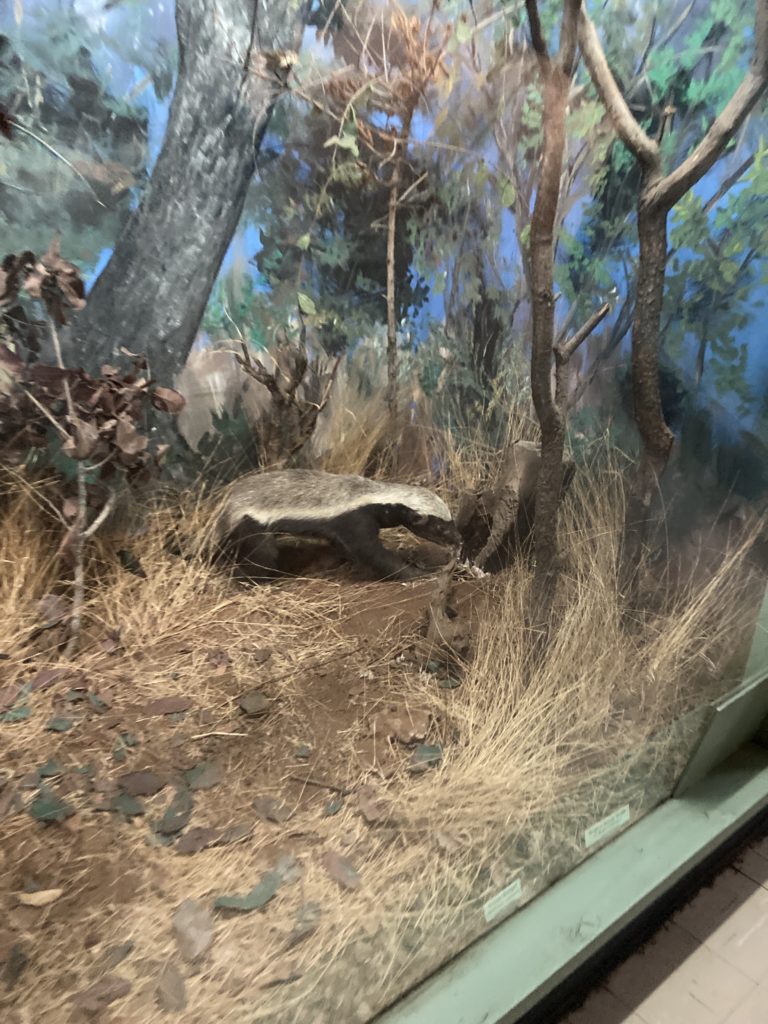
To be sure, there are few innate human fears trigger an emotional response like the fear of getting attacked by an alpha animal; therefore, it’s understandable if people shrink away from the concept of doing a river trip where this could happen. However, Rocky enlisted a secret weapon:
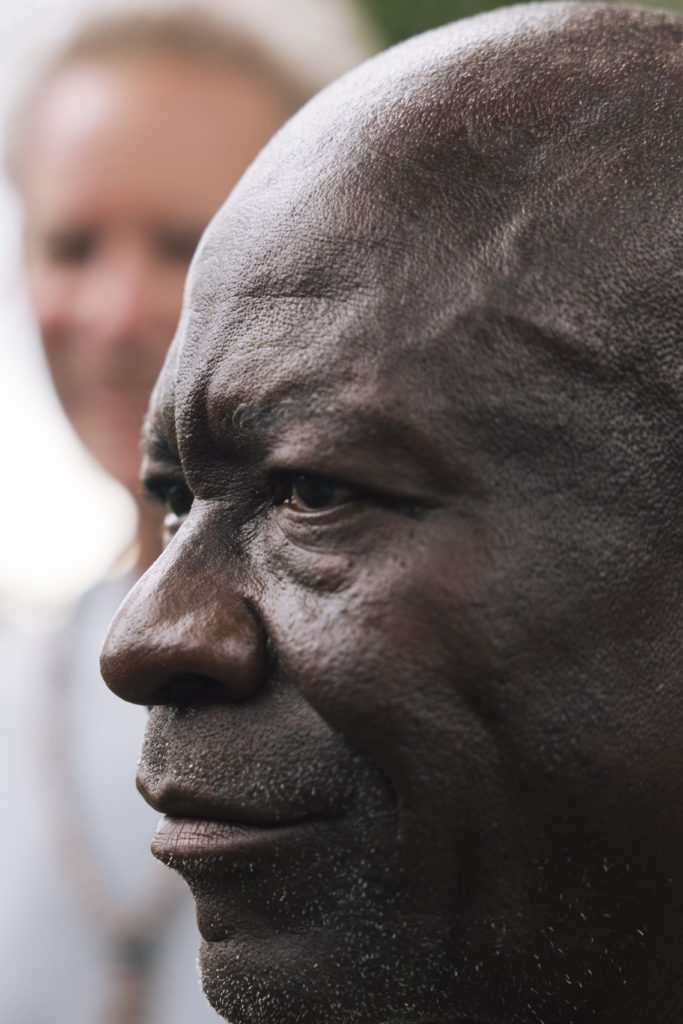
In addition to pretty much knowing all the flora and fauna (in a part of the world where there’s a LOT of flora and fauna) Kapoko also always is armed and is pretty comfortable with taking a bunch of gumbies down the river despite the megafauna that loomed there. As mentioned in the last post, he’s such a charismatic and solid guy that he inspires a lot of confidence in his hazard assessment.
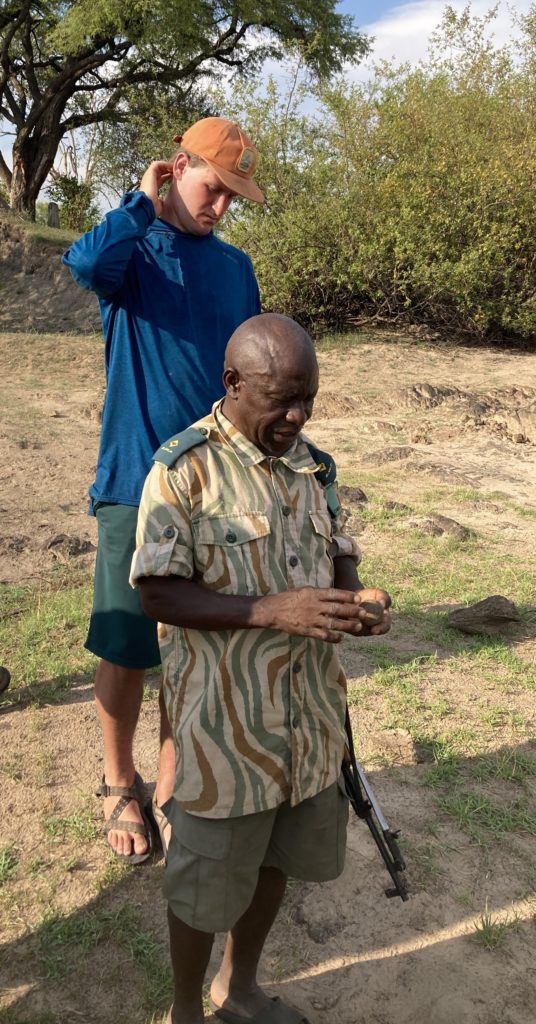
So….on to the river!
After a bouncy ride to the put in through a pretty rural zone:
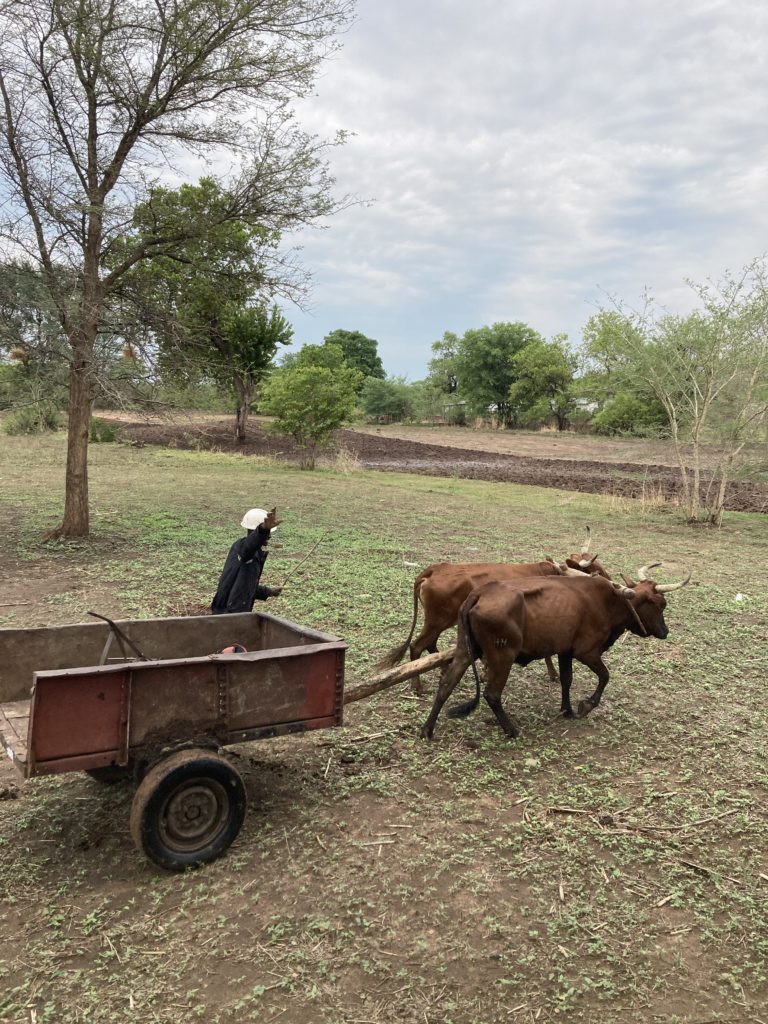
we met a fun gaggle of locals:
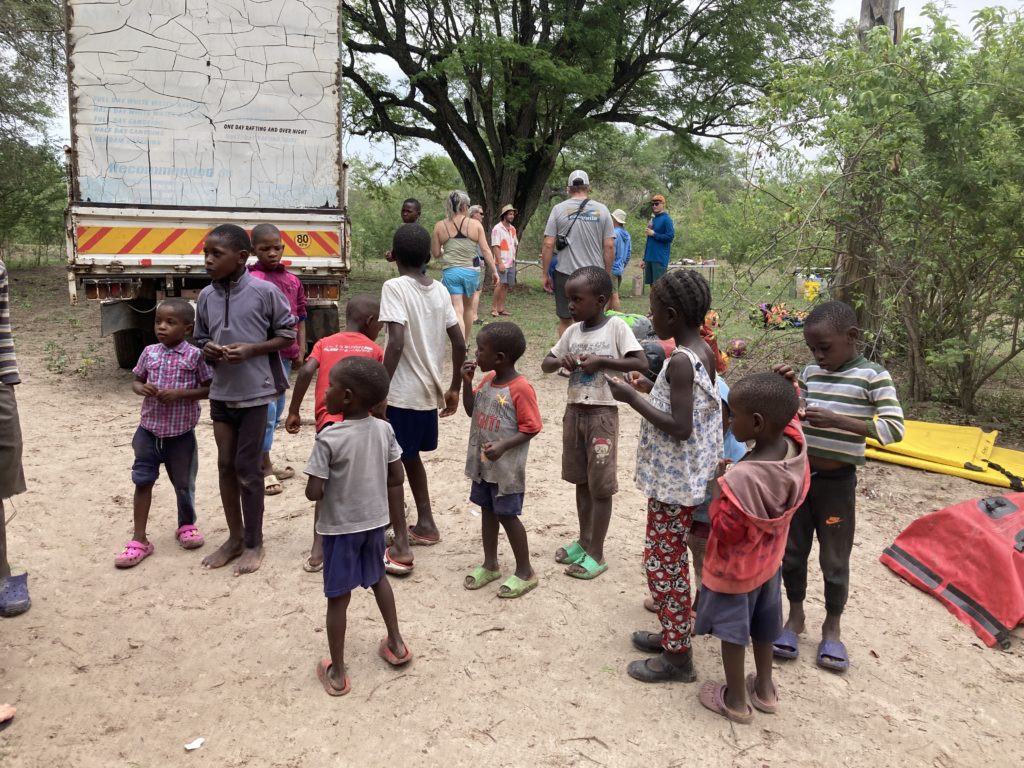
:
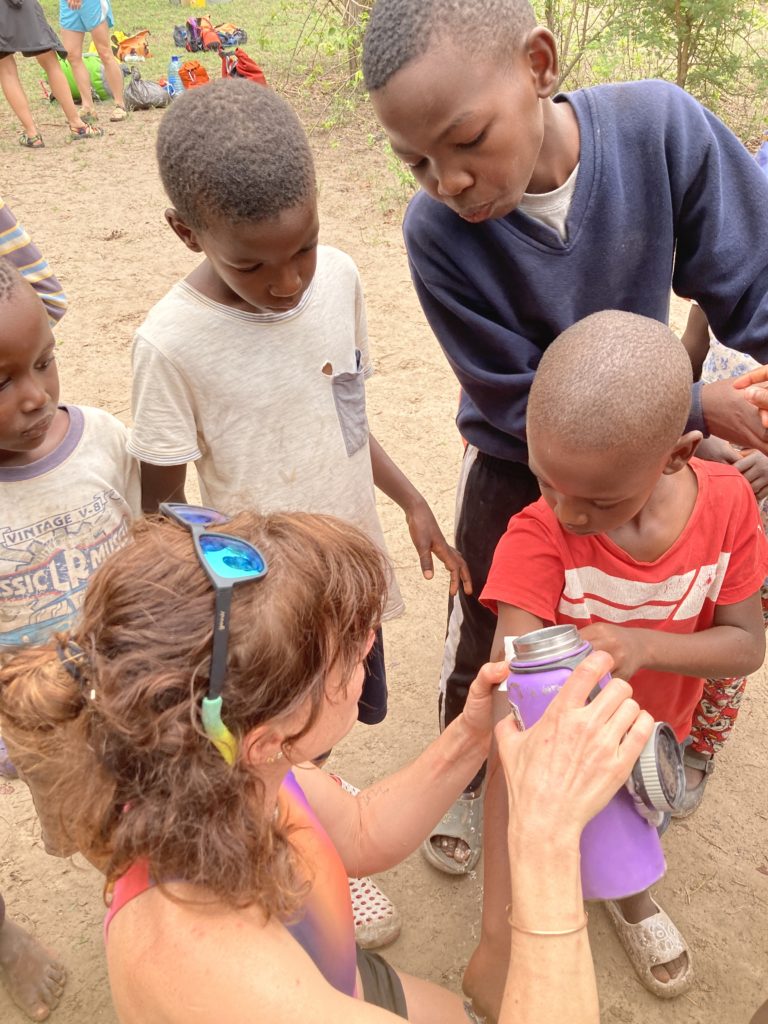
Once we put on we immediately saw hippos in the not so-distant distance:
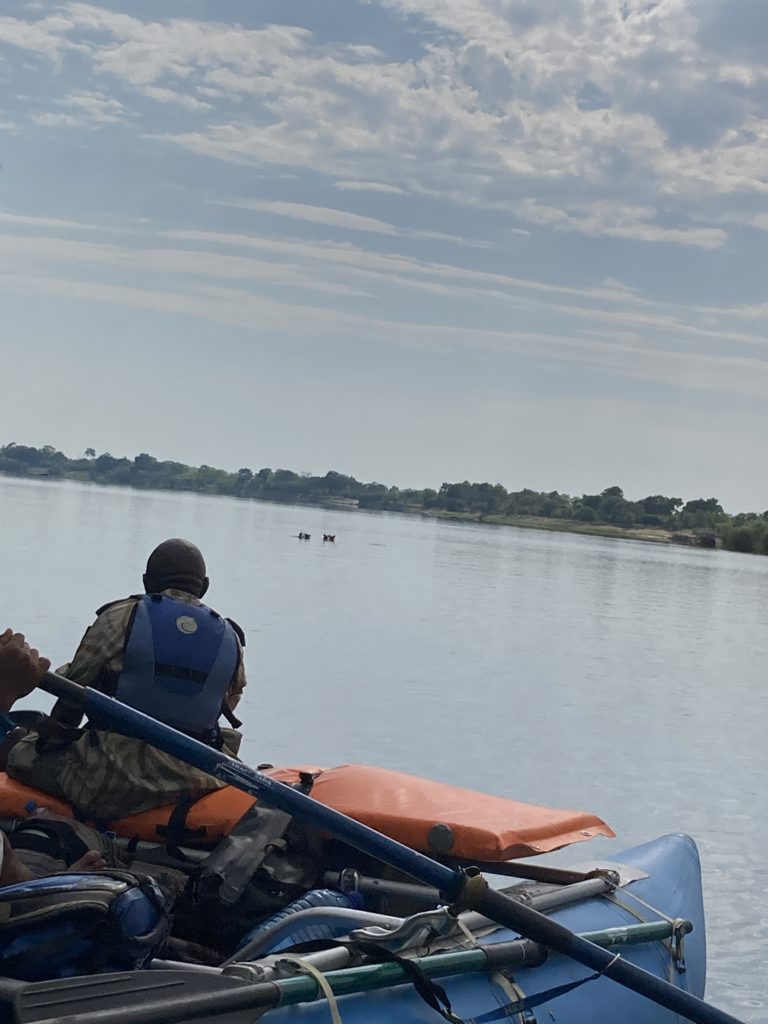
The technique for dealing with hippos on a raft trip is to keep the rafts very close together in a chain, with the idea being that it almost looks like one big “thing” to a hippo vs one raft that isn’t that much bigger than a hippo. If a boat gets isolated, a hippo can capitalize on that one and attack it. So with the trip leader Julio rowing the lead boat with Kapoko using his keen eye the rest of the rafts (no kayaks on this section of river) did their best to stay super close to the raft in front of them. Though this sounds like it’d be pretty easy in flat water, “flat” doesn’t mean “not swirly” and it was easy to get spun/eddied out away from the raft-apede, and “single file!” was the main phrase yelled a lot over the first couple of days.
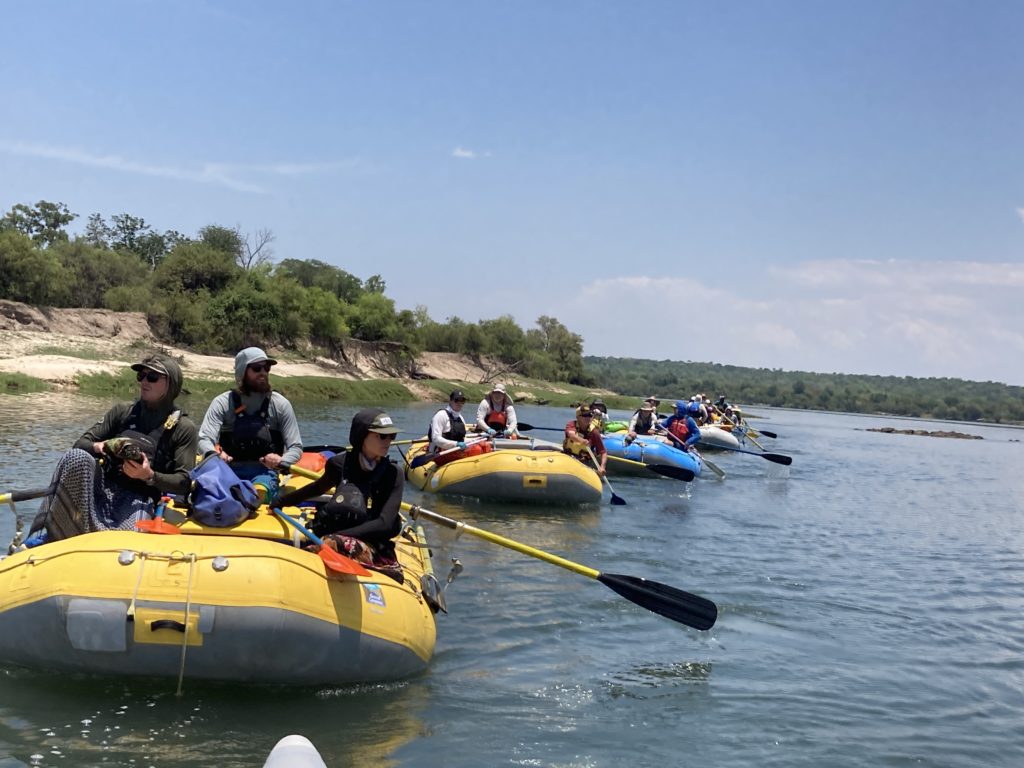
I must say that I questioned their relative danger a bit; they would sometimes move closer, but never with the bounding off the bottom the way that Choboku described, and it seemed to me that they were curious but not dangerous. But I also thought about how if I took those guys skiing on a high danger day and we got to a nice looking 37 degree untracked slope (and they were skiers) they’d think it was fine. And there were times when local guide Darwin – who was typically the tailgunner and one of the most positive people I’ve ever met:
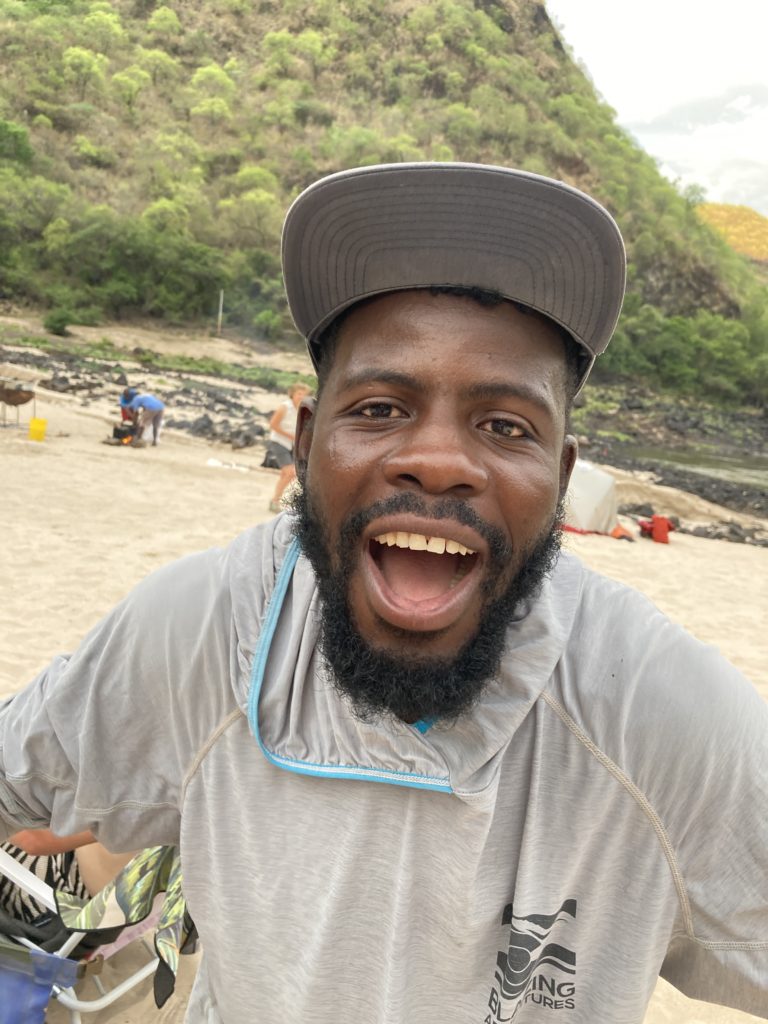
very much had real fear in his eyes and was rowing as hard as he could as the “curious” hippos came closer. I was convinced.
And similarly, when we hit the beach for camp Copoko gave us the radius for putting up our tents (there were very few couples, so we had a LOT of tents) and we were very conscientious of jamming them close to each other for the safety in numbers as we slumbered.

Copoko took us on a nature walk from one camp, and while “nature walk” usually means a hundred yard stroll on a boardwalk to look at fir trees and and ferns, a short African nature walk yields a bit more:
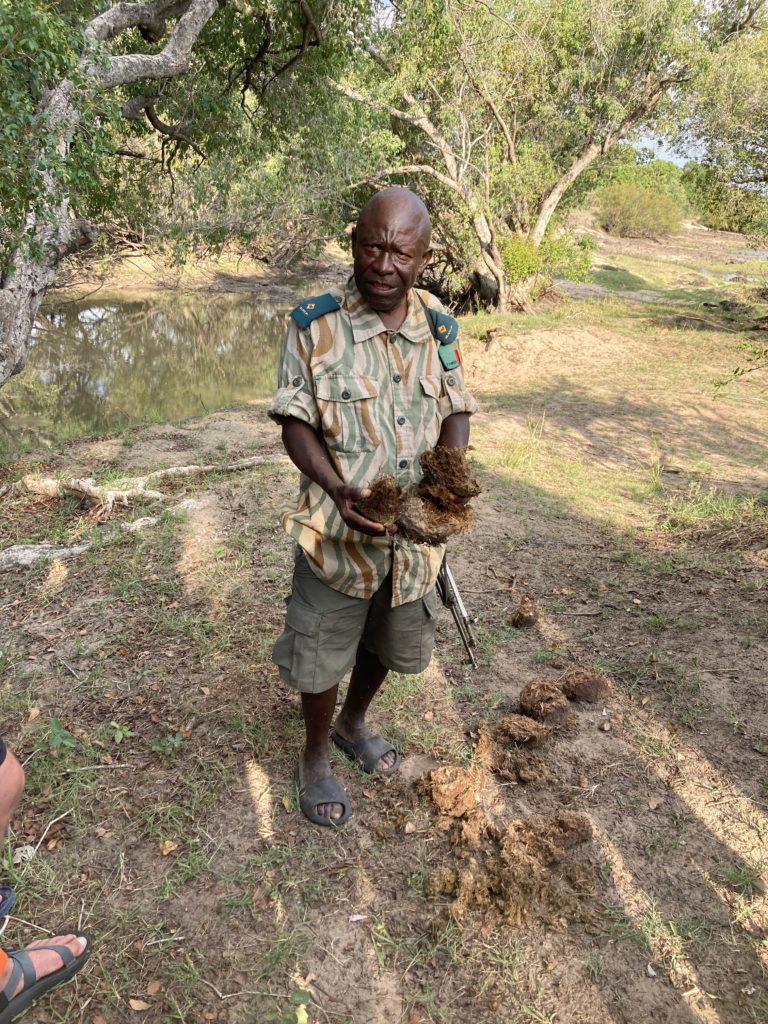
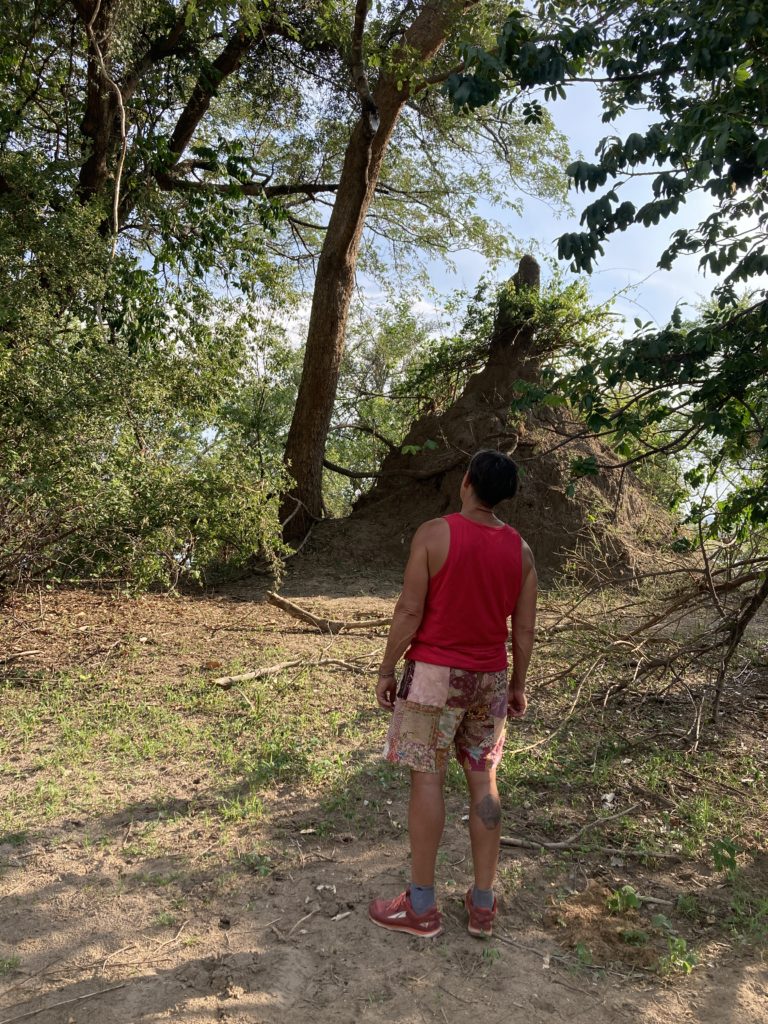
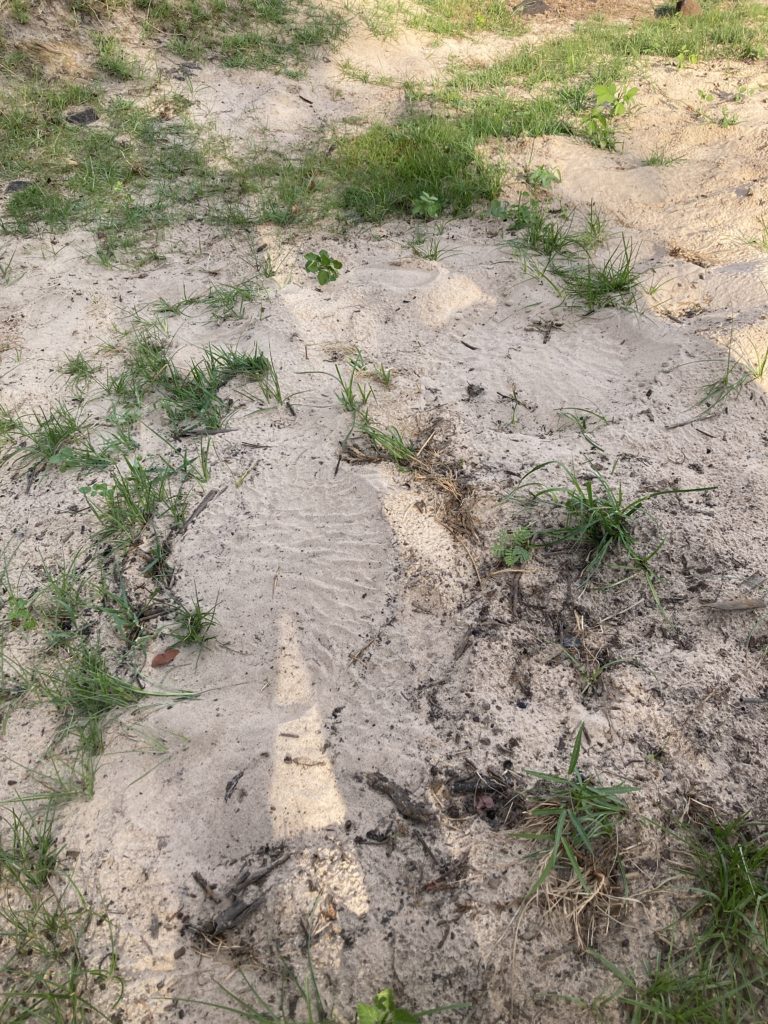
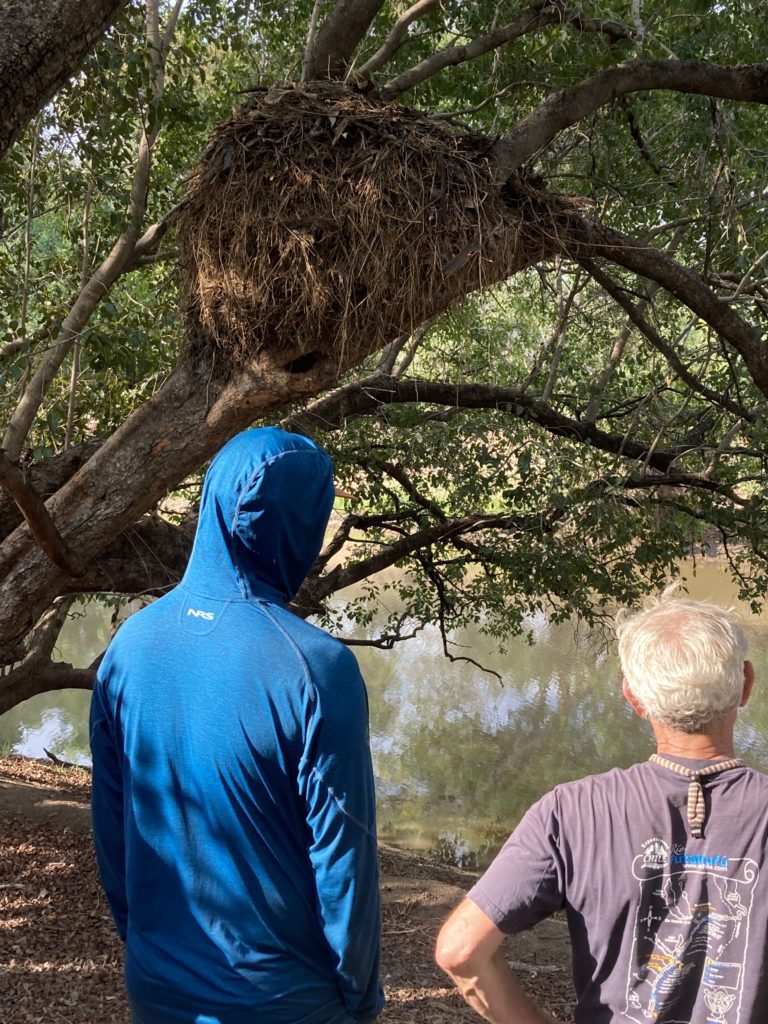
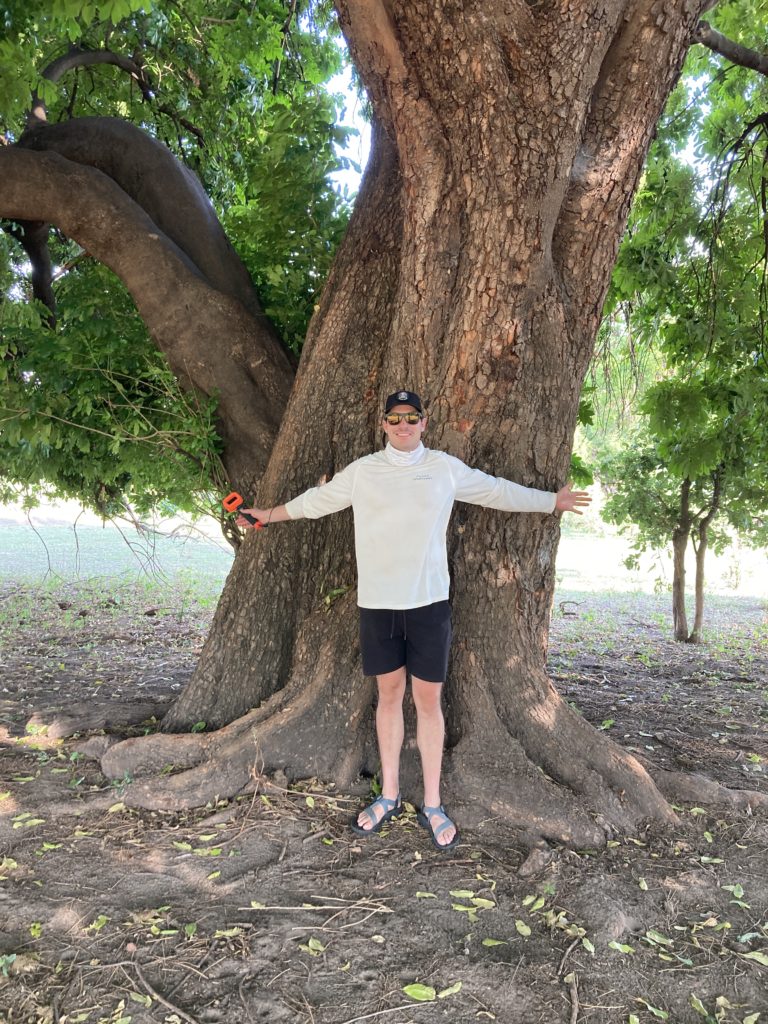
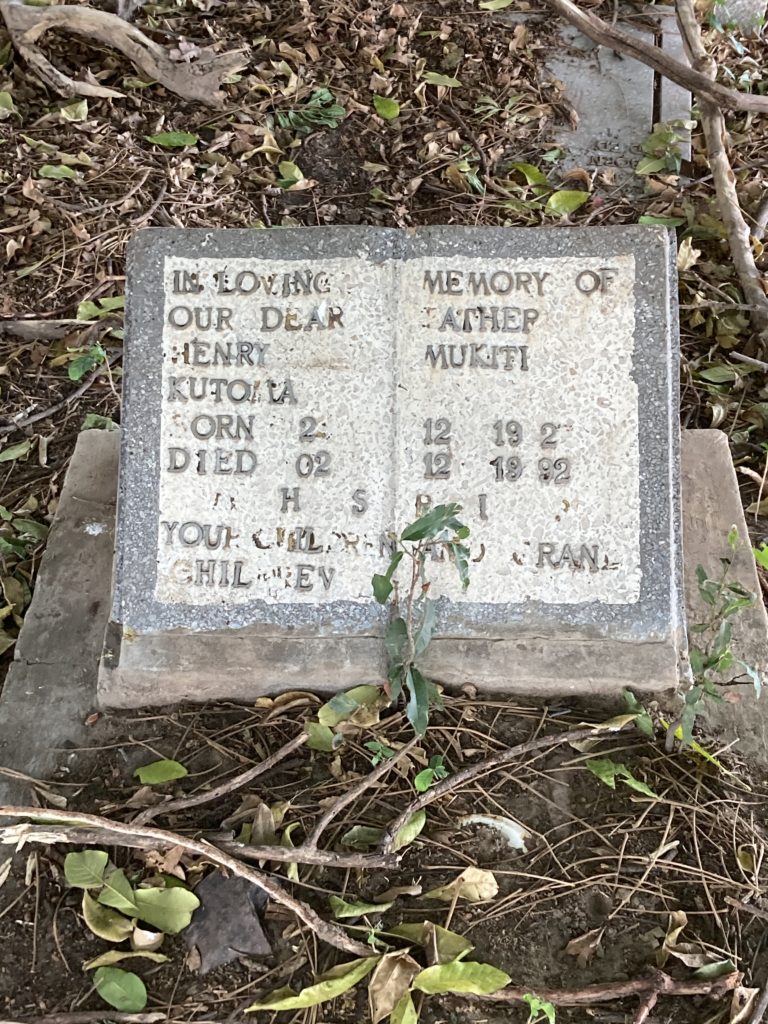
To the point of nearby megafauna – as I went to bed one night I realized that Then came the main event of the flatwater: an actual safari in the (quite small) Zambezi national park. We pulled into a beach that had a coupla classic land cruisers waiting for us, and off into the savannah we went, with our great guide:
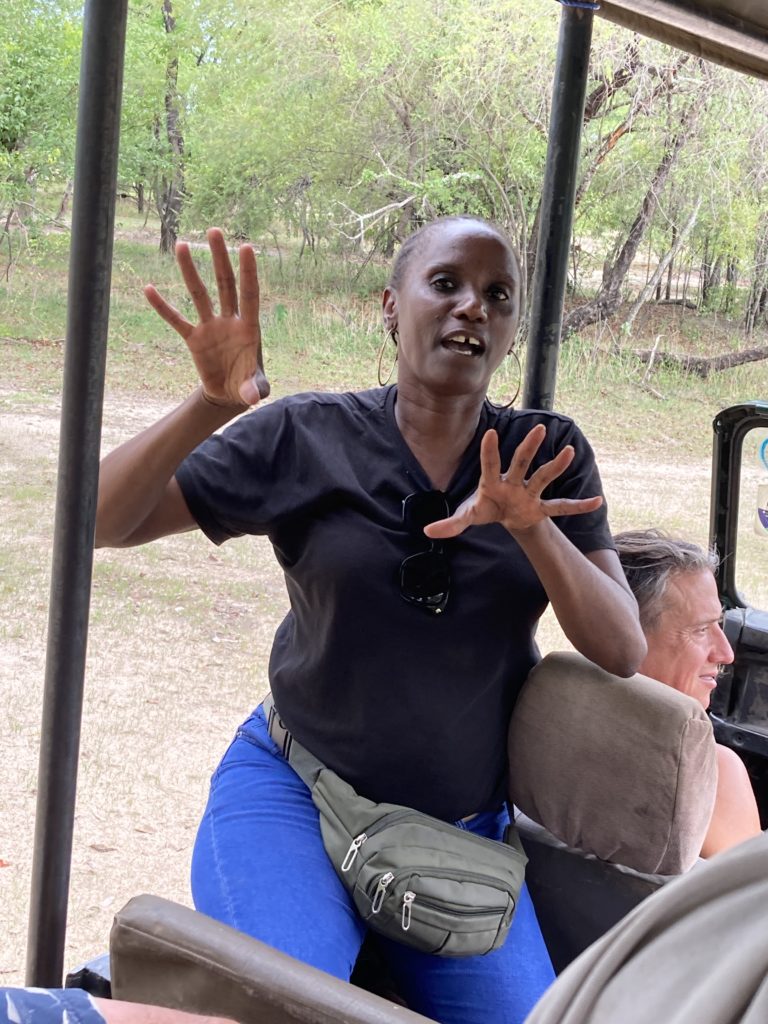
It didn’t take long to start seeing the goods:
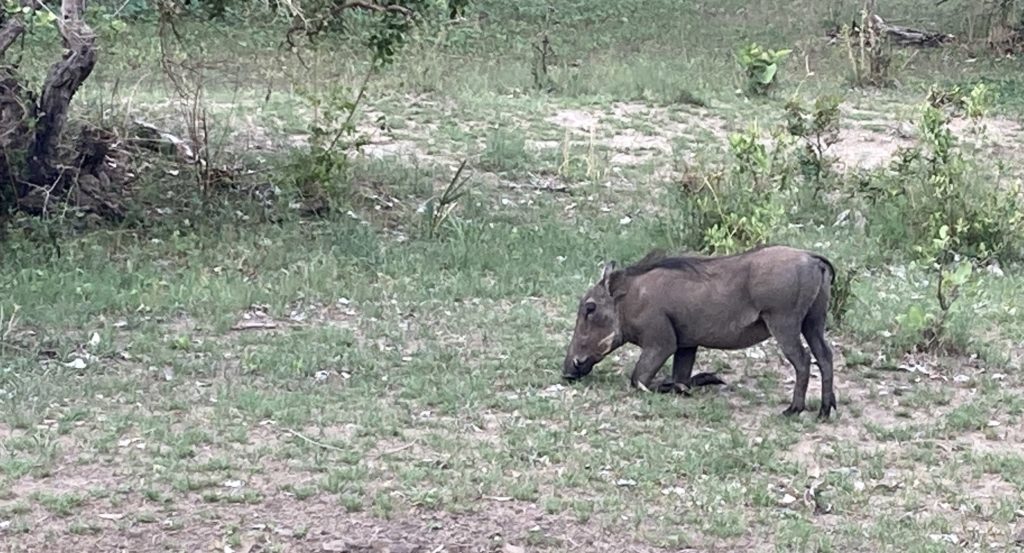
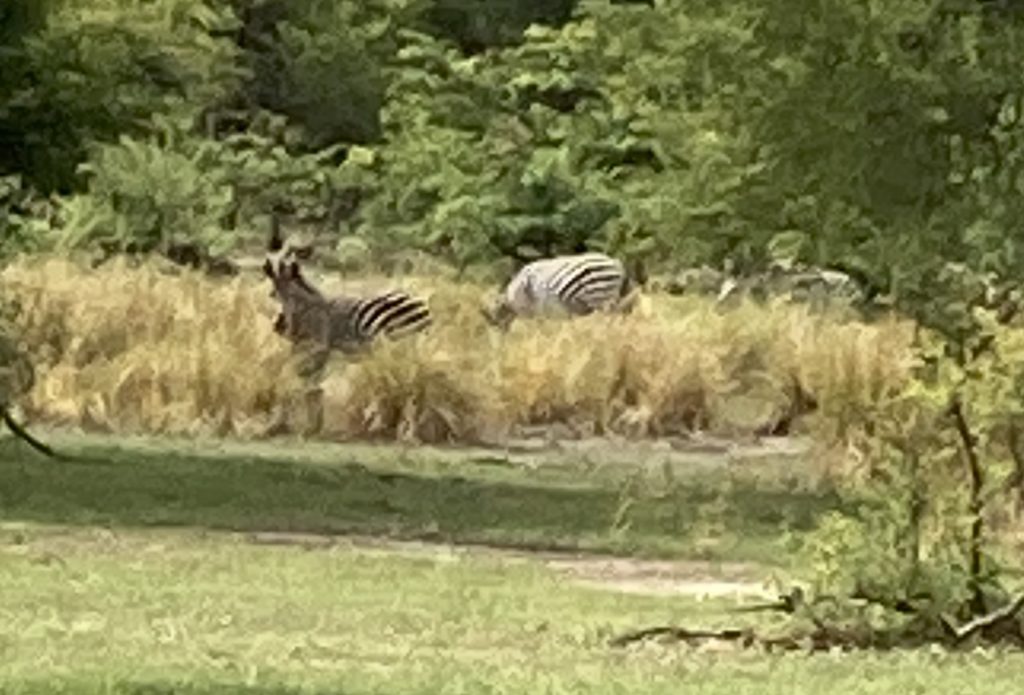
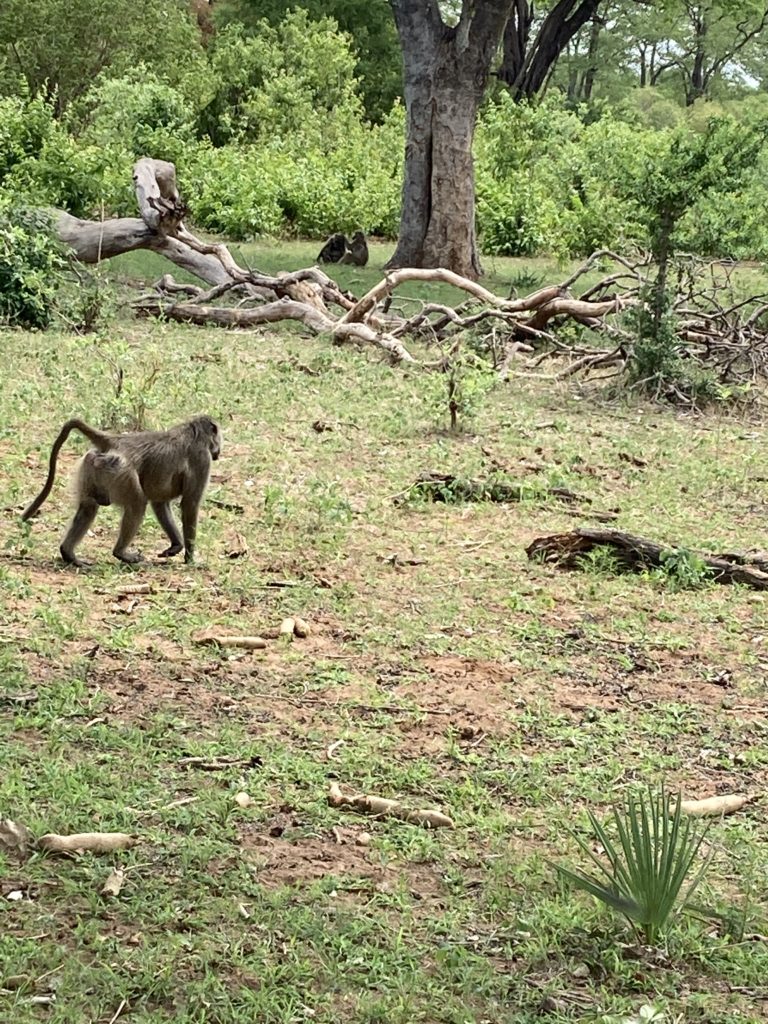
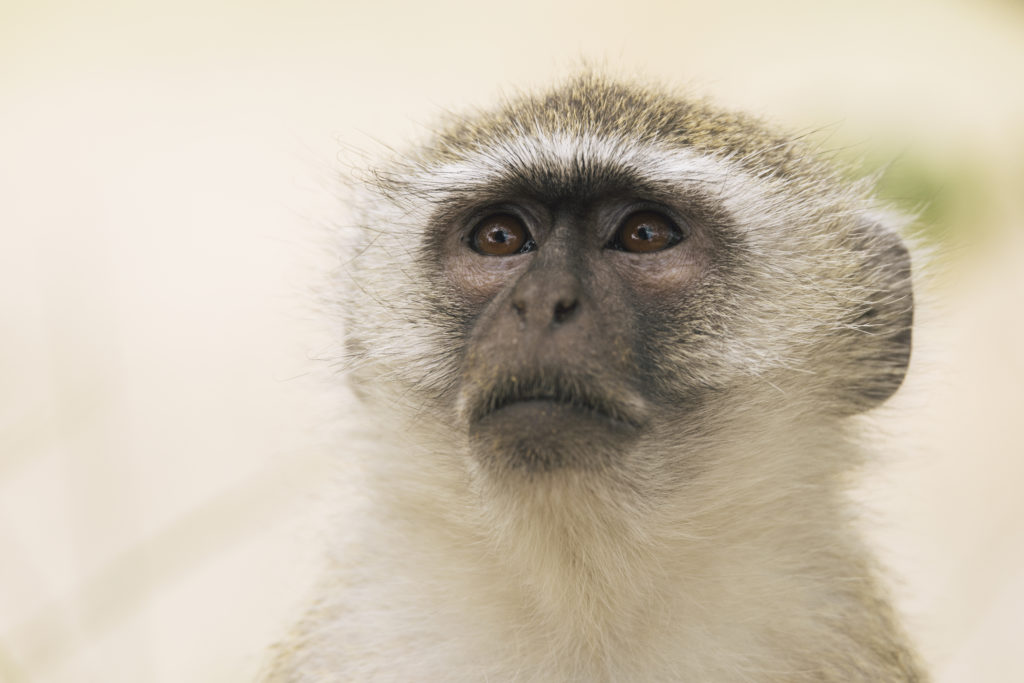
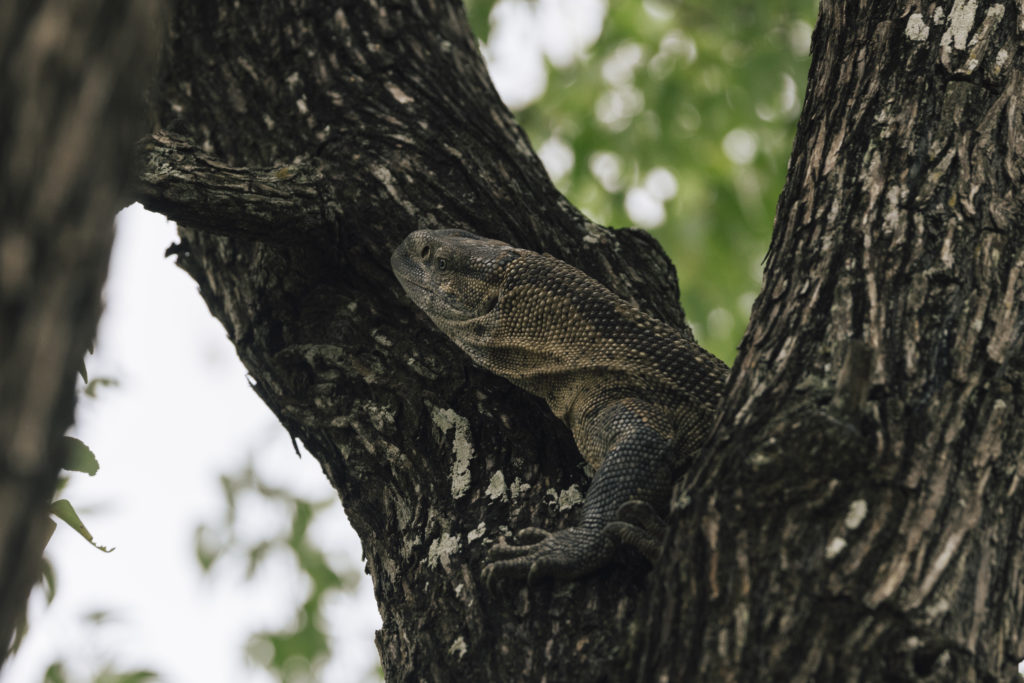
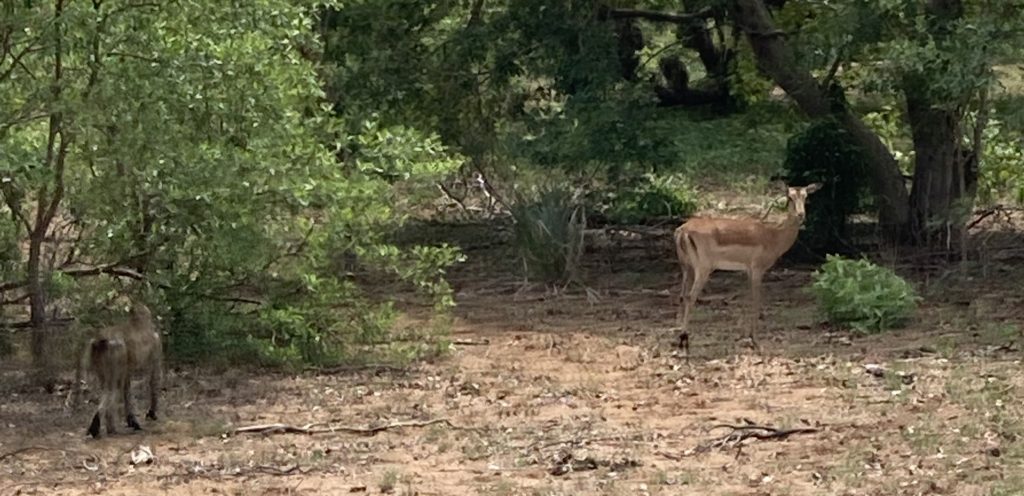
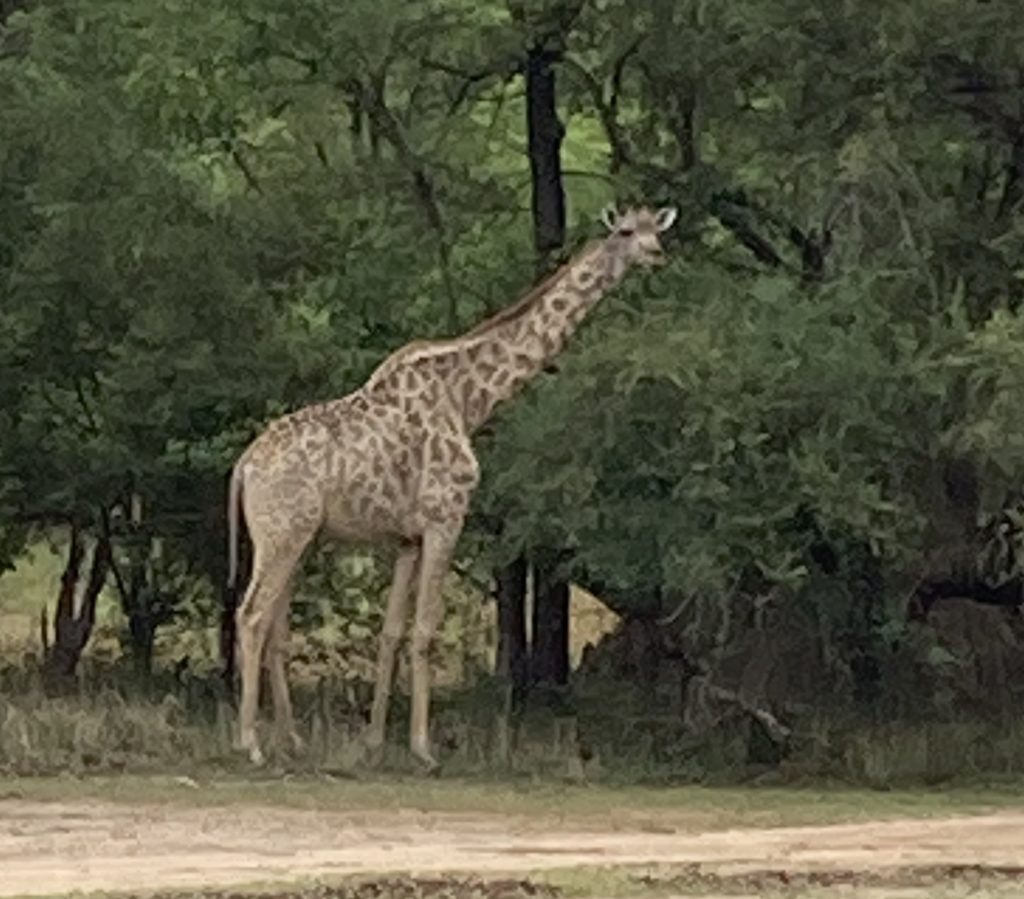
Giraffes actually walk differently than all(??) quadripeds: they move the legs on each side forward simultaneously, which – along with the fact that they are giraffes! – gives them such a distinctive look when they are walking.
I didn’t realize this before but there is a “Big Five” of African animals: lions (of course), elephants, leopards, cape buffalo, and rhinoceroseses. There’s also a lesser-known category of “The Ugly Five”: warthogs, wildebeests, vultures, hyenas, and a type of stork. An unfortunate moniker; I think they oughtta be called “The Badass Five.”
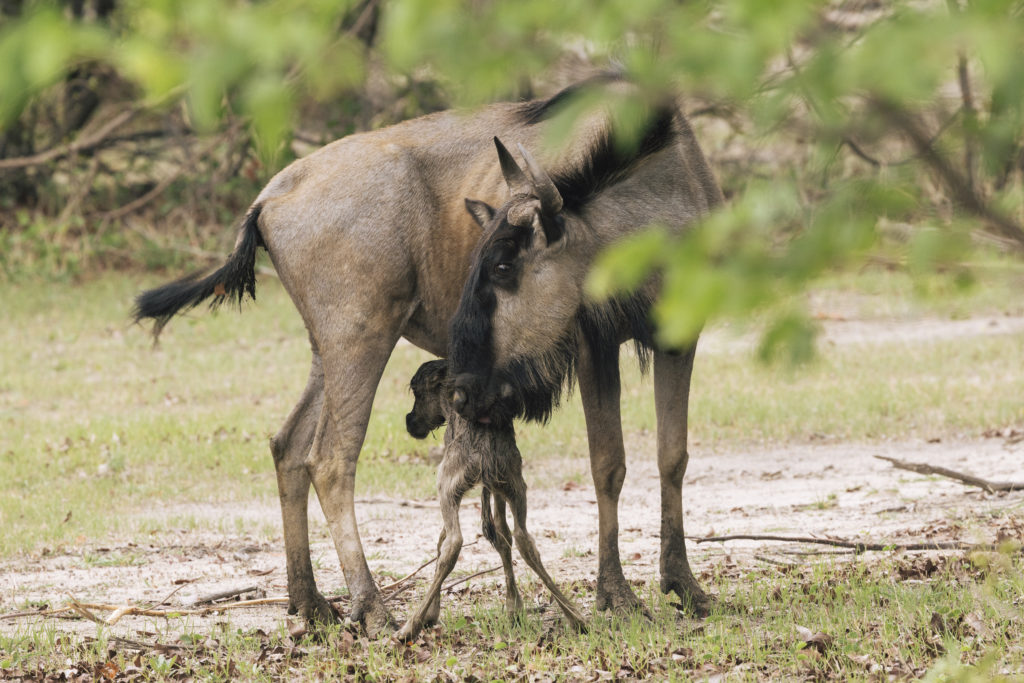
Someone asked our guide if there were rhinos about, and she said she was hopeful (she made us feel like we were fortunate to be getting one of the luckiest, best tours ever) and was doing a bit of mumbling into her radio with her colleagues to determine the location. I kinda figured that we’d get to some spot and there’d be a single rhino standing in a clearing a couple hundred yards away and we’d pass around binocs, similar to the grizzly sightings in Yellowstone. At one point the rig stopped, we got out and walked along a little trail for a couple of minutes, came around the corner and were suddenly greeted with a veritable pig pile of rhinos!
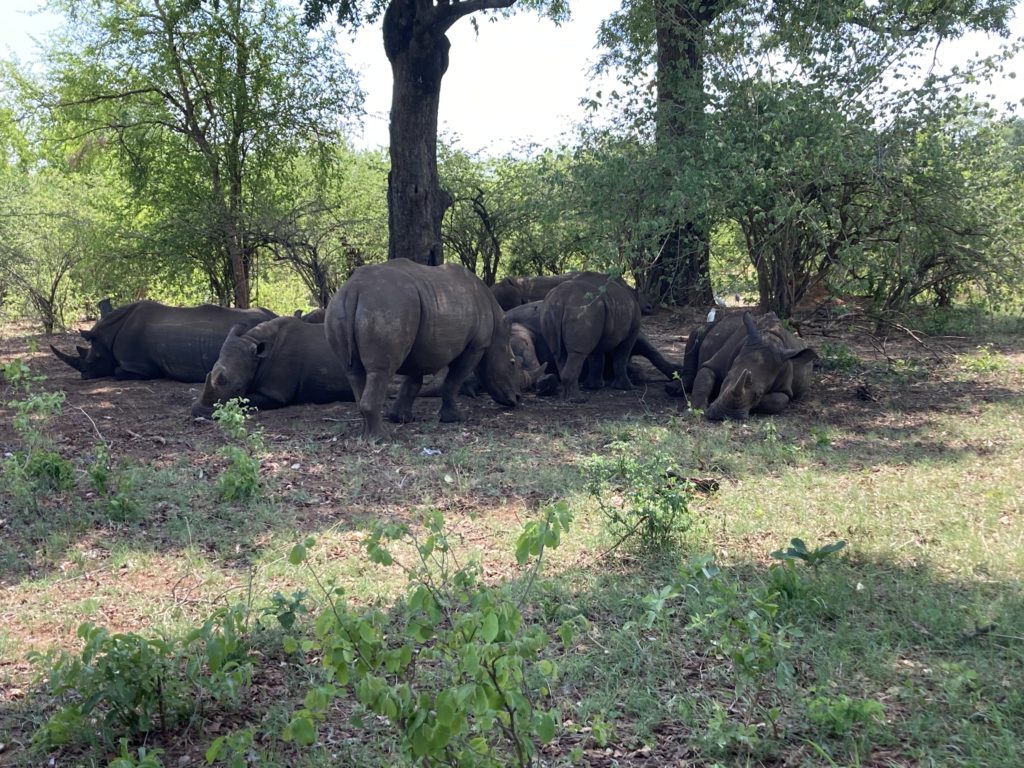
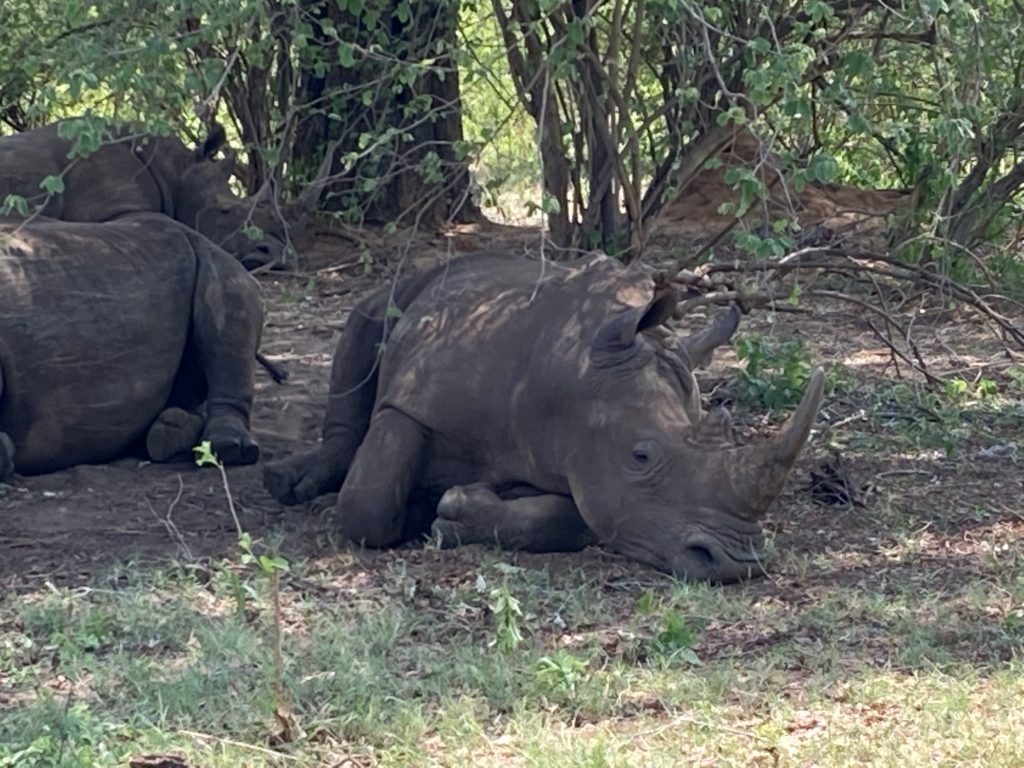
I am not sure if it’s their endangered status or their size or their physical kinship with dinosaurs, but these rhinos were truly awe-inspiring. Even our guide was clearly excited, even though she got to see them every day:
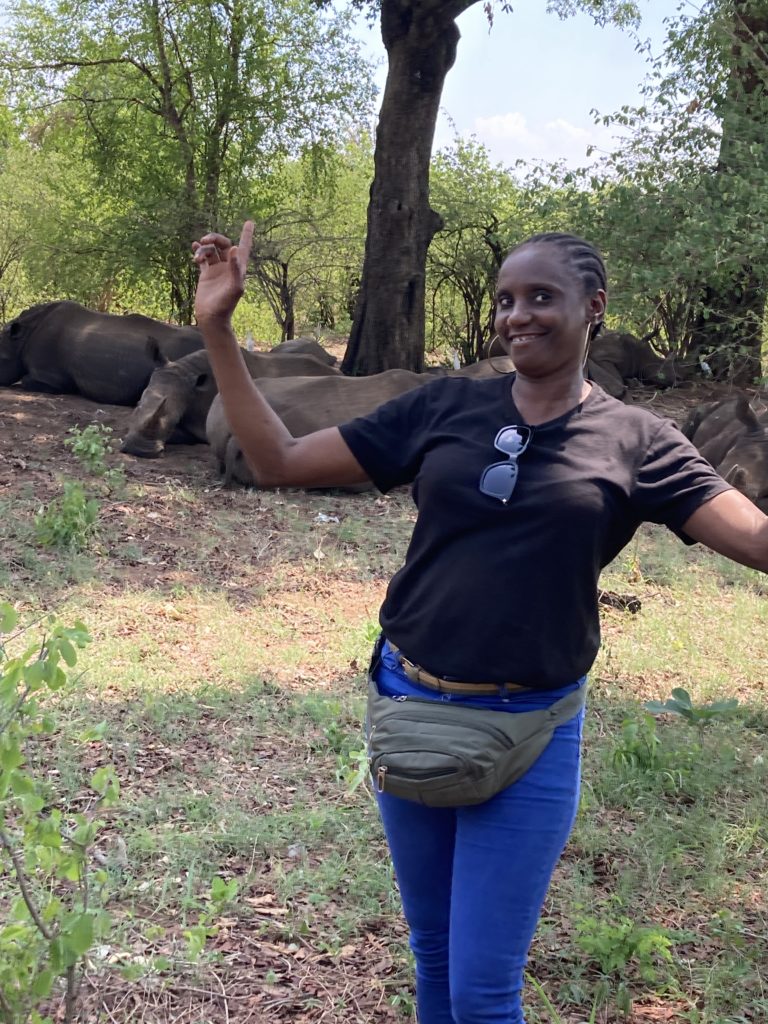
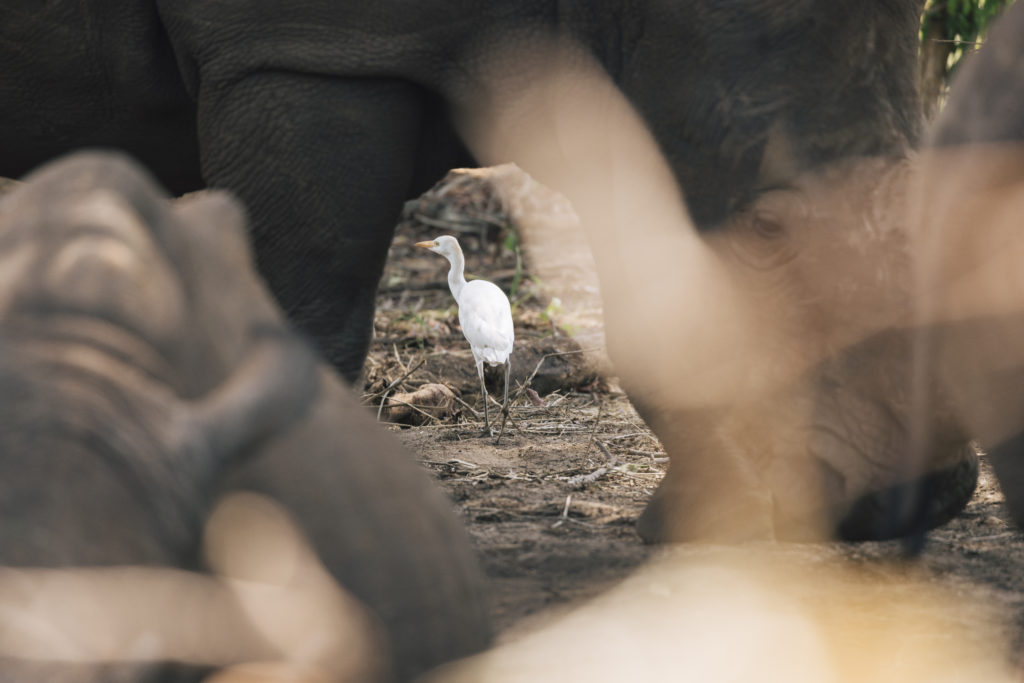
Of course, rhinos are endangered because their horns are so highly valued. The common refrain – repeated by our guides – is that Chinese men use ground rhino horn powder as an aphrodisiac, but I did a vast amount of research on this (Googled “rhino horn powder”) and it’s not quite that simple; Vietnam is an equal consumer of rhino horn powder and rhino horns themselves, and mostly it’s seen by both cultures as a cure for hangovers and simply a prestigious thing to have (article here) The demand started to spike around 2007-8, and poaching got pretty crazy, including that of a rhino in a Parisian Zoo in 2017 (in order to saw off the horn, the rhino needs to be killed). The org “Save The Rhino” doesn’t want to publish the black market price of horn powder because they feel it perpetuates the trade (article here) but suffice to say that it’s expensive, probably in the order of $700-$1500 per ounce. Coboko said that there’s a zero tolerance policy against poachers, which on the ground means “shoot to kill”. Pretty severe, and he emphasized that the trade – very similar to the drug trade – is very dangerous as well, with “mules” often getting killed themselves during the transactions. The particular gaggle of rhinos (actually called a “crash”, which seems appropriate based on what we saw!) that we saw enjoys ‘round the clock protection:
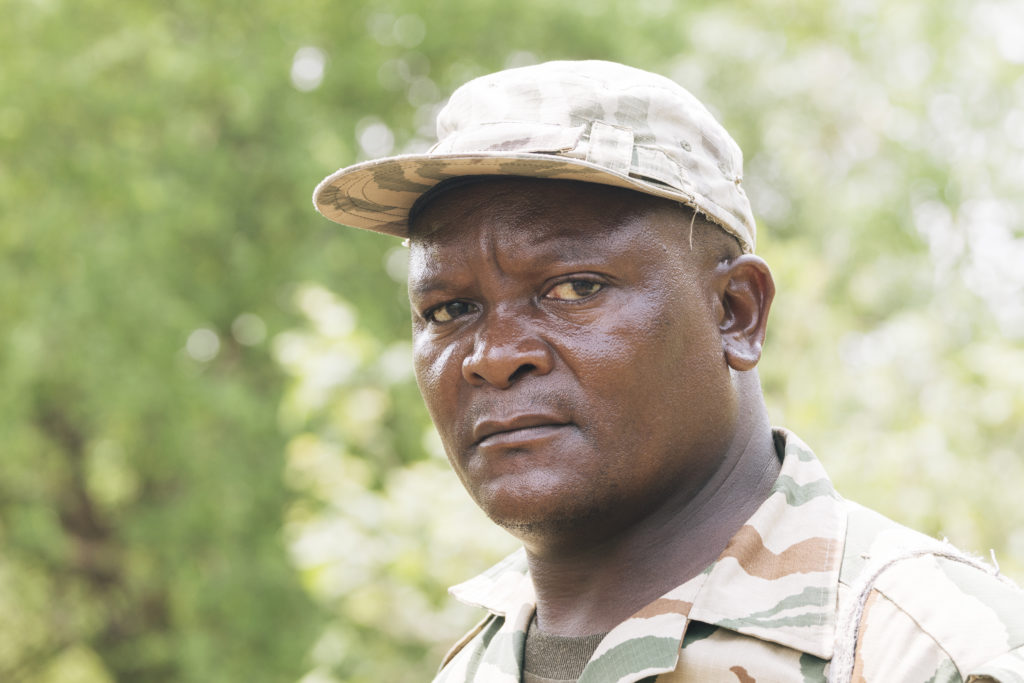
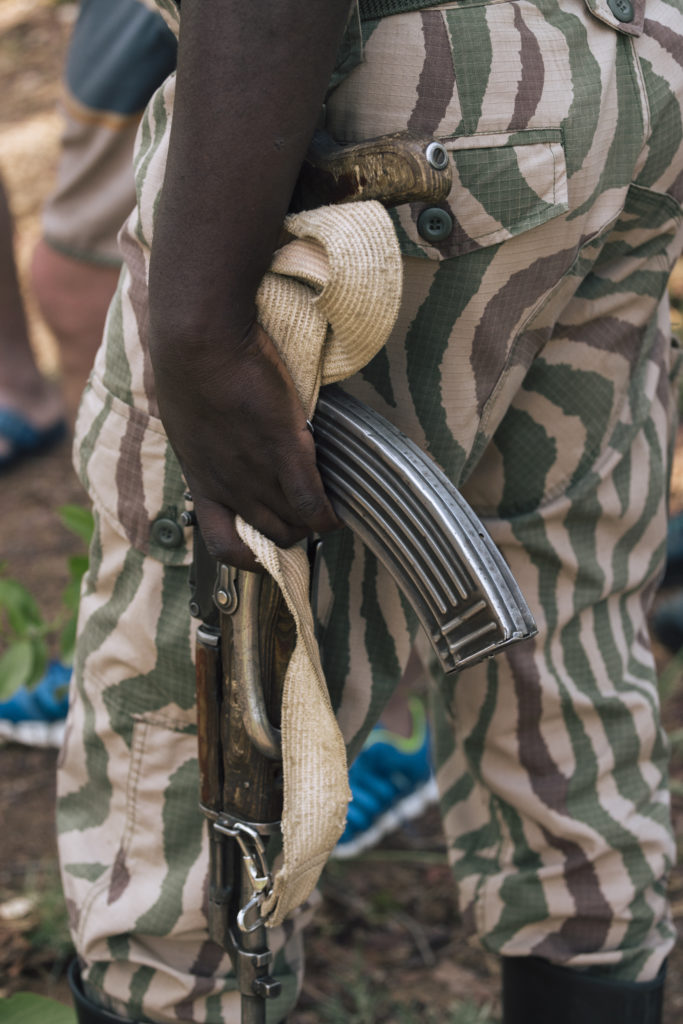
One afternoon on the water we got hit by a big thunderstorm and at one point we floated around a corner and not far in front of us was….a big herd of elephants on an island. One was a ginormous male with huge ivory tusks. Because of the rain and the distance – and the fact that we were all kinda mesmerized by them – no pics (maybe someone got some) but it was noted at the end of the trip by a few folks as one of the most memorable moments of the trip. And to that point, that night when I went to bed I saw Chobuko stoking the fire, and then I saw him again in the middle of the night, still stoking the fire to make sure we didn’t get invaded by elephants. Amazingly, the same scene repeated itself again the next night…..the guy is tough as nails!
Back on the water, as we got closer to Victoria Falls we saw fewer thatched huts on the bank and more fancy places:
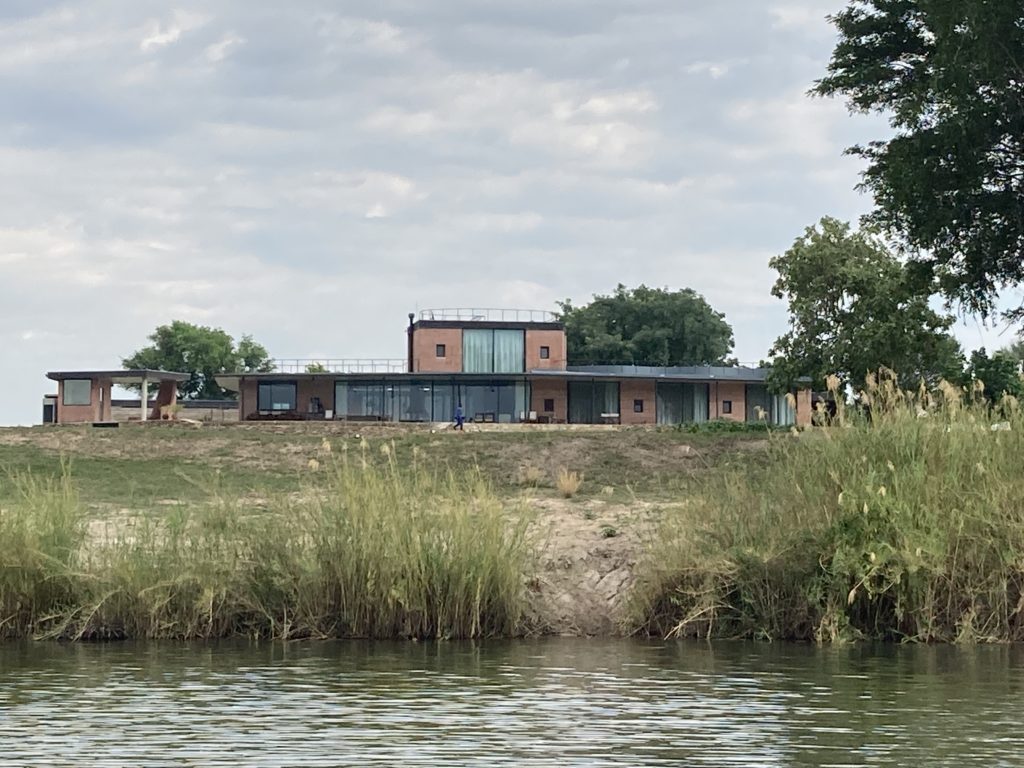
and pulled into – at an opportune time, since a gnarly thunderstorm came in – a riverside bar:
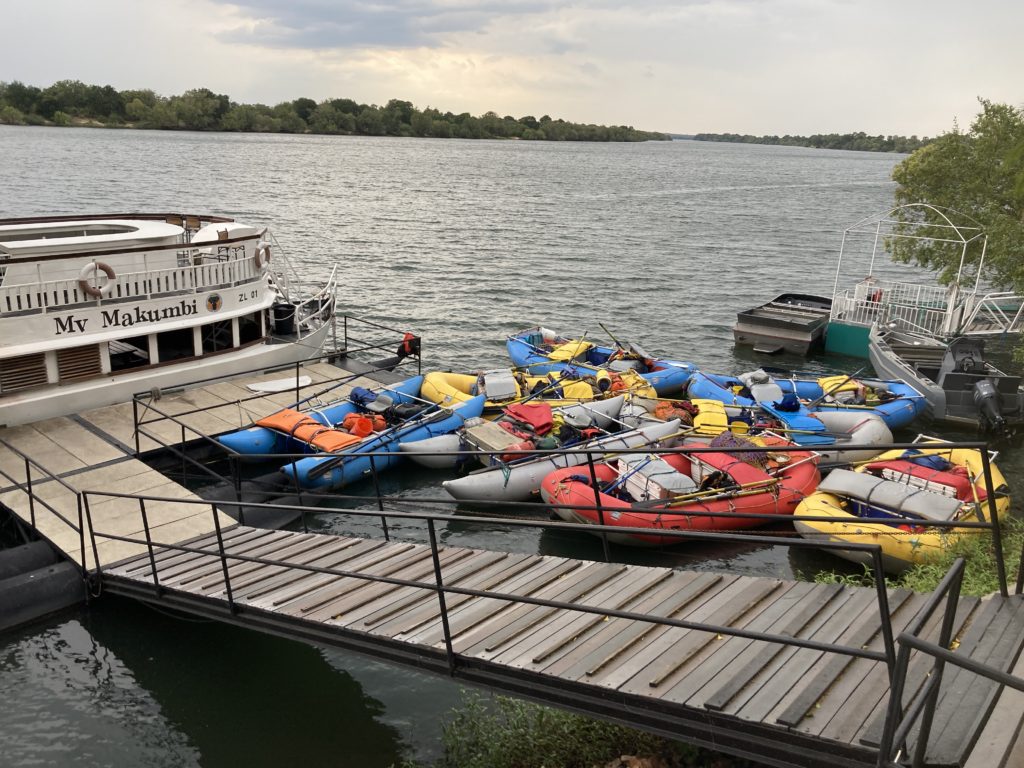
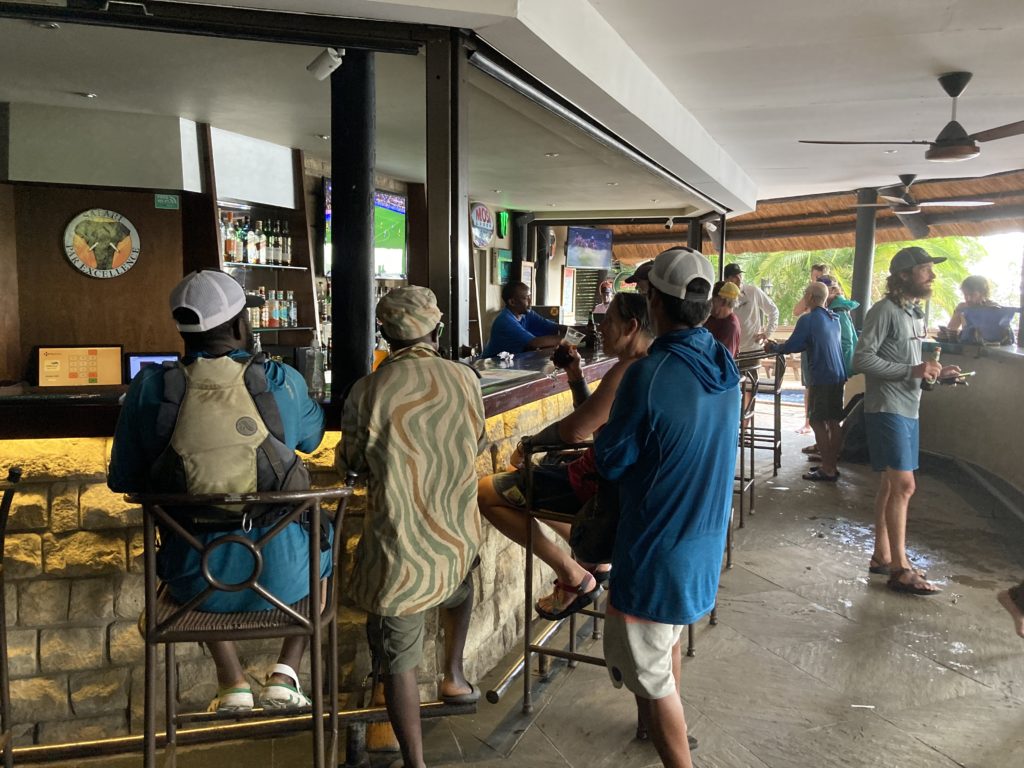
that had a helpful sign:
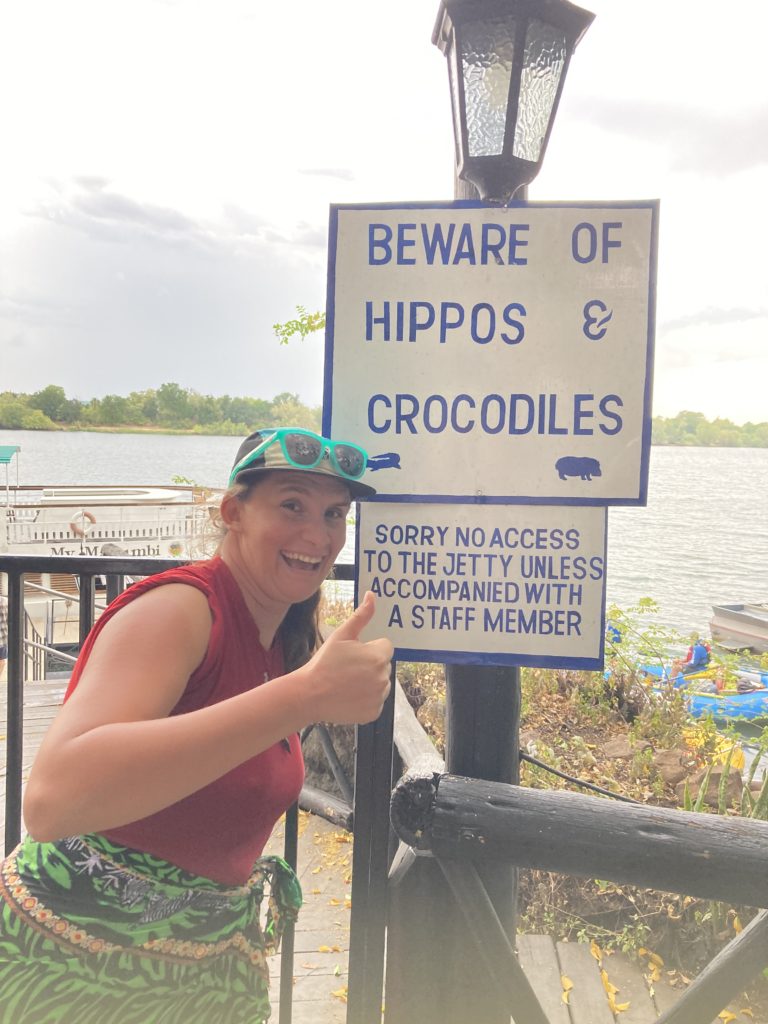
Not far downstream I thought there was a fire, but…it was vapor from a waterfall! There’s no chance -at least, at low flows – of getting swept over the falls, and in fact a classic tourist thing to do is gallivant about in the “Devil’s Pool” that’s literally at the lip of the falls.
While Rocky initially harbored visions of having the crew and the boats rappel down the falls (he/they did it) we portaged around the falls, which took a good chunk of the day, but fortunately we had the able assistance of some extraordinarily strong porters who make their living doing this:
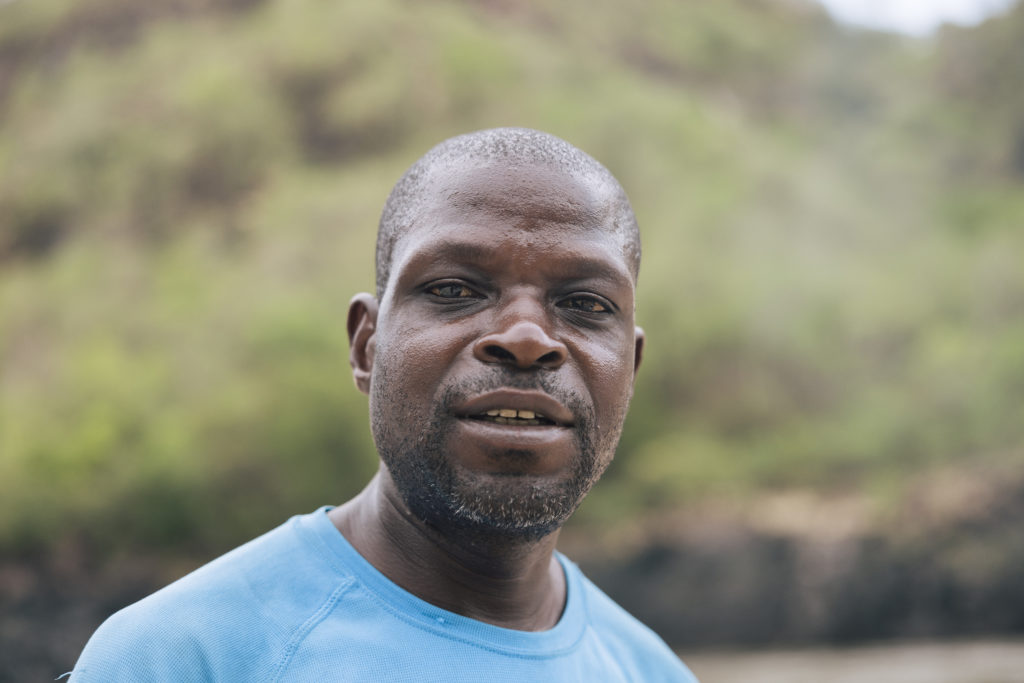
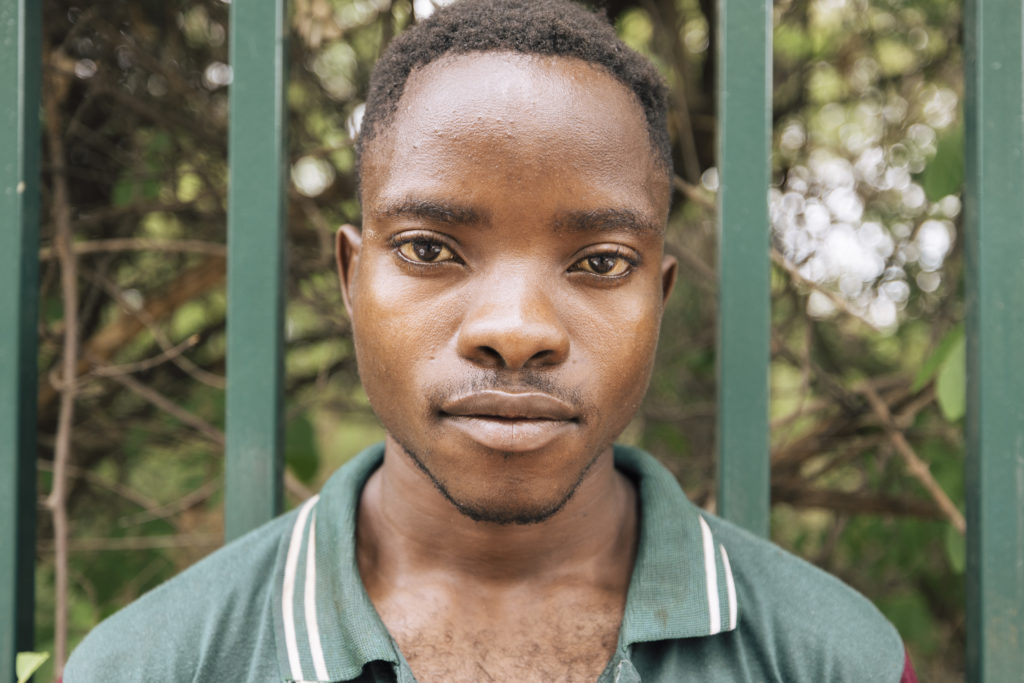
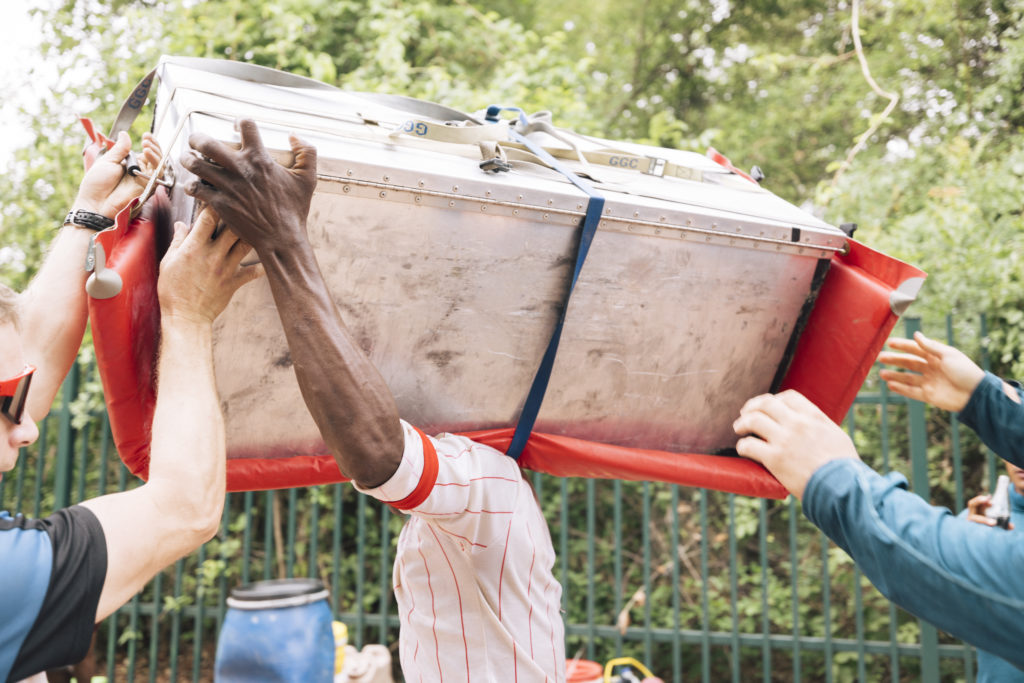
and once a couple of rafts got down to the put in we were able to blow them up and clamber over rocks just upstream of the put in to the pool that led us to the base of the falls:
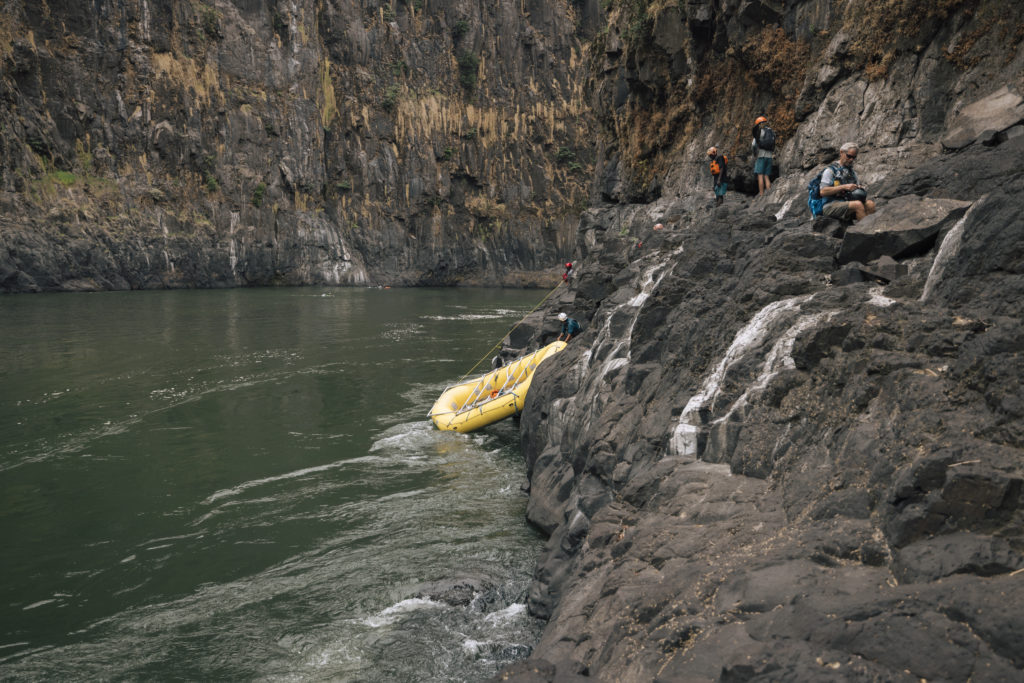
While zillions of people ogle at the falls from the border bridge over the gorge, the scenic walkway (for $60!) and the Devil’s Pool, not too many folks are able to make it to the base of the falls, which is always the best part of a falls. We went across the bottom of one of the “minus” rapids and set up for a memorable lunch there, then scrambled/swam up and over (incredibly-slippery and sharp!) rocks to gambol around the various pools and the 300’ showers that fed them; some just vapor, and others a bit more powerful (the falls are super wide with the majority of the water plunging over a low spot pretty far away).
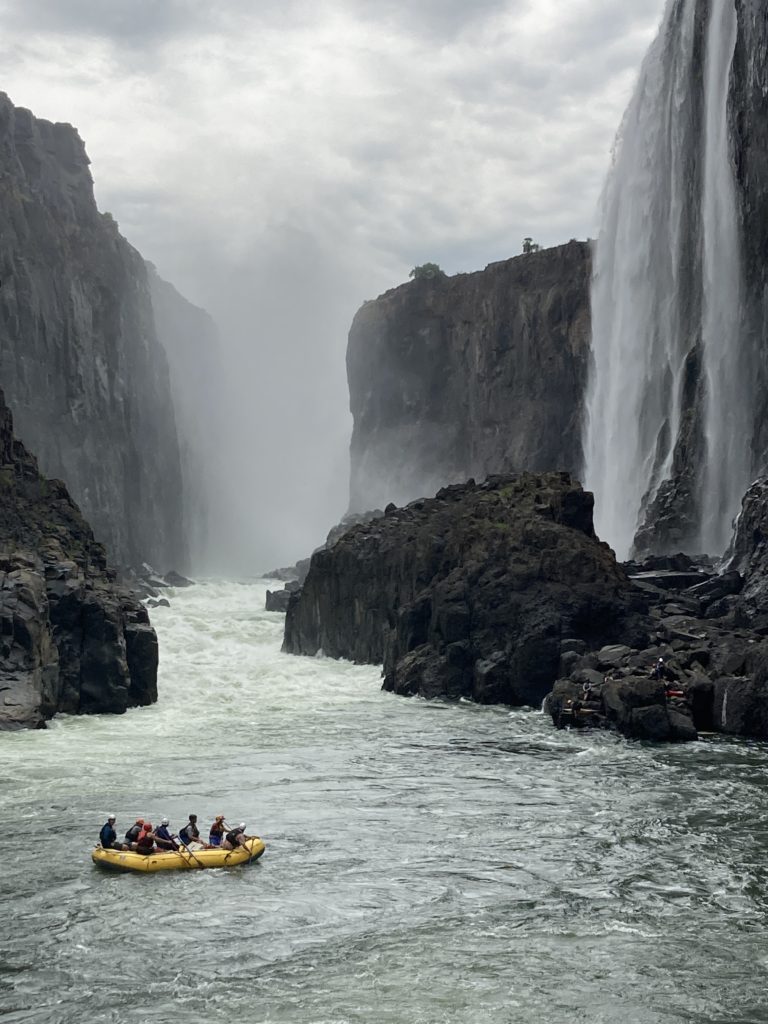
The pool above Rapid One and the put in was the first time that those of us paddling were able to get into our kayaks. For me it was the first time in a boat since September when I’d gotten in a weekend on the Bear River in southern Idaho, which in turn was one of the few times in the last few years I’d been in a hardshell boat. Rapid One is generally small by Zambezi standards:
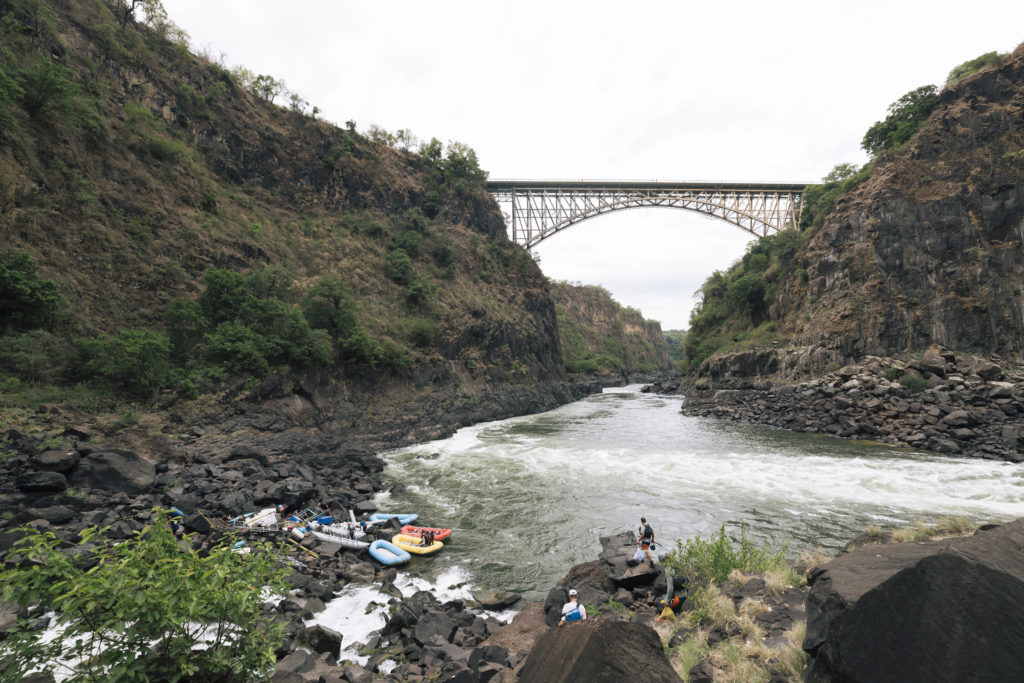
but is still decently big – perhaps an 8 or 9 on the 1-10 Grand Canyon scale (dulled by the wide angle lens in this photo), made more intimidating by all the current going through a hole that is parked right above a wall that most of the current piles up on and is a raft-flipping machine. We all scouted the rapid – which is very straightforward other than the features at the end, with big eddies on both sides – and I paddled down in without too much thought, and it was the first – not the last – where I said to myself as I was dropping in – “holy shit!”; this very innocuous rapid felt a heckuva lot bigger than it looked. Subsequent quick surfs and ferries over to the other eddy – and getting swept much further downstream than I anticipated – made me realize that this river was – as anticipated – going to be different beast!
next up: the Zambezi finally rears up!
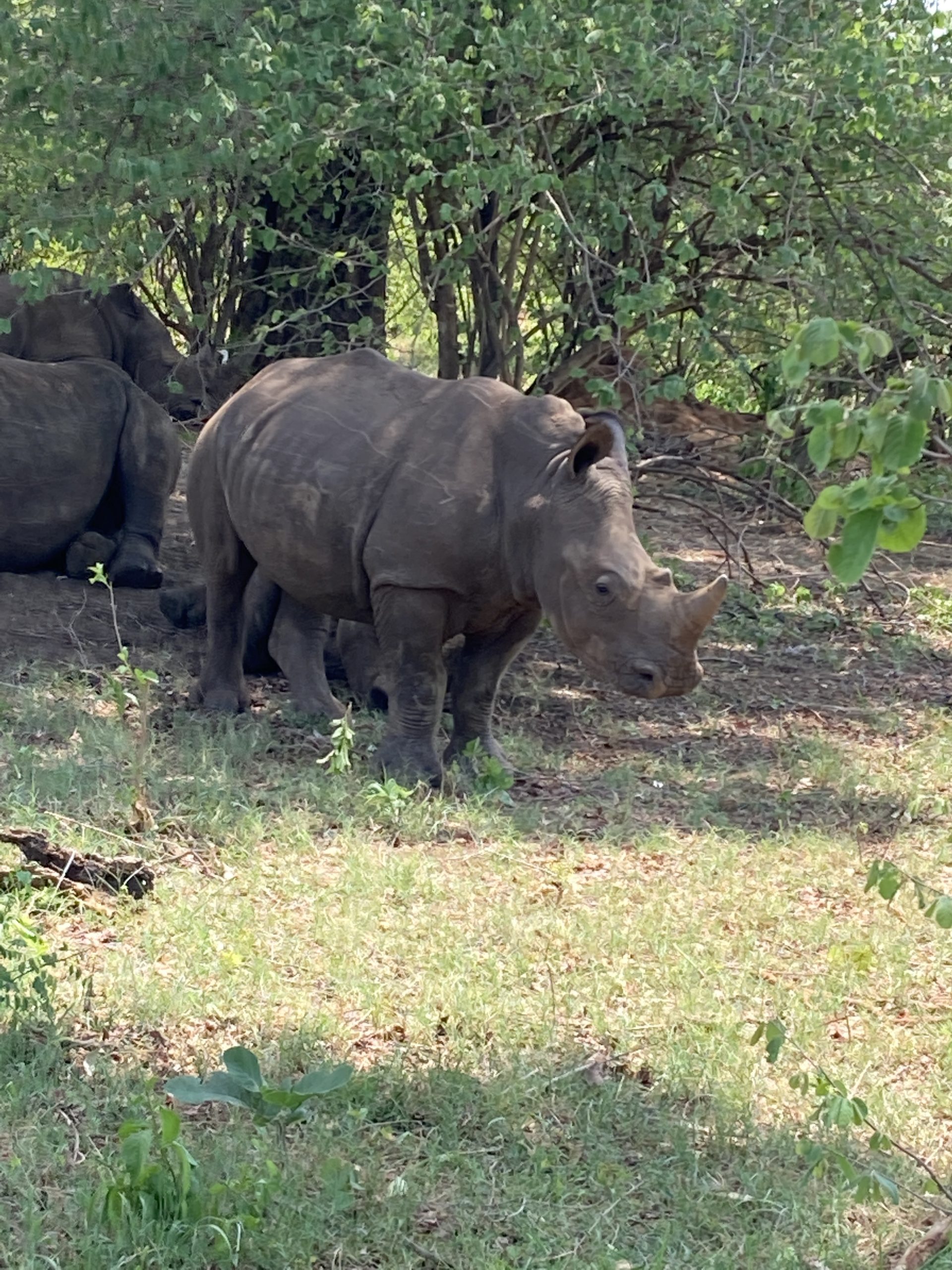
Great writing Tom! Looking forward to reading about the Batoka